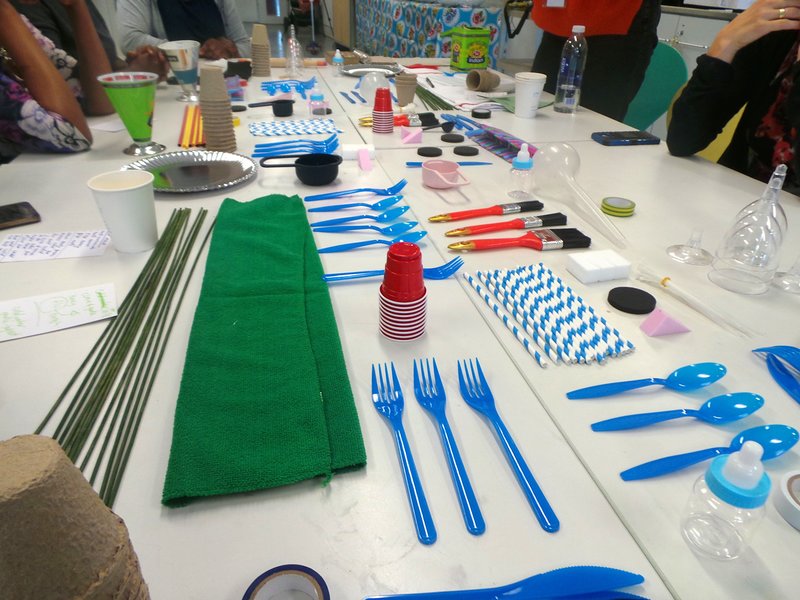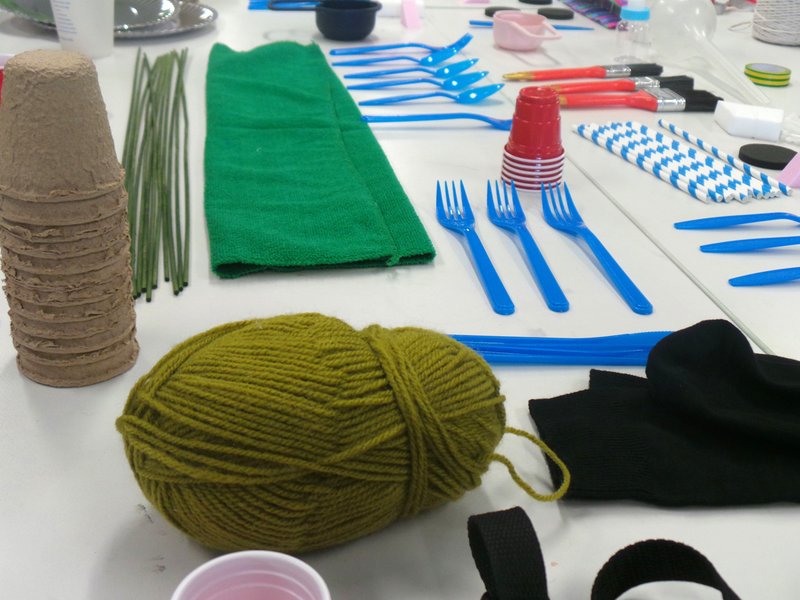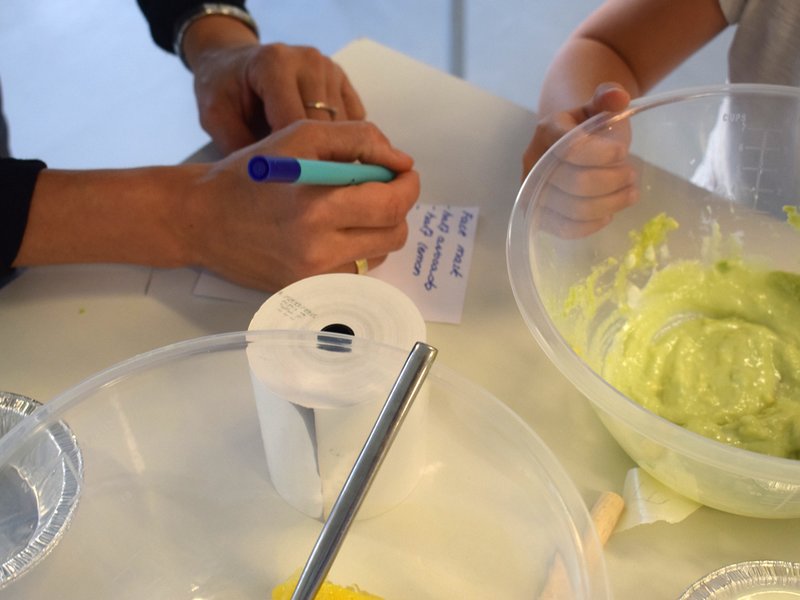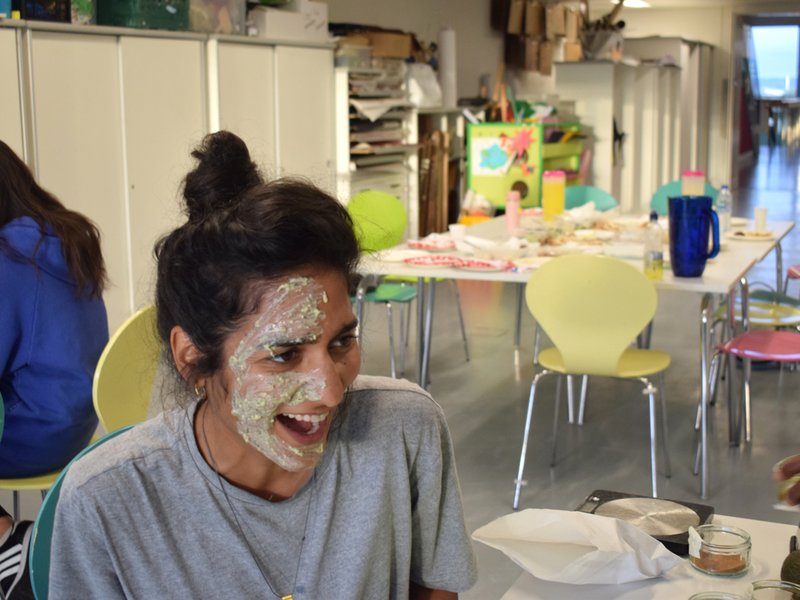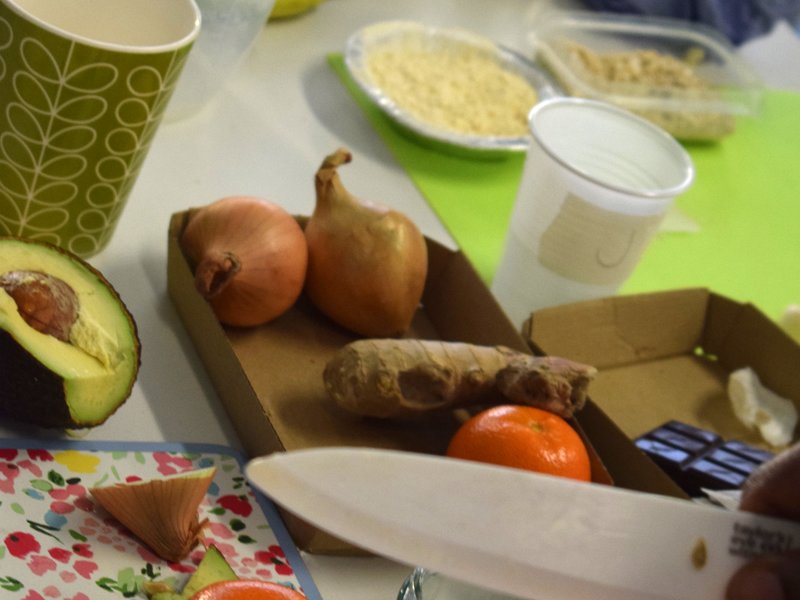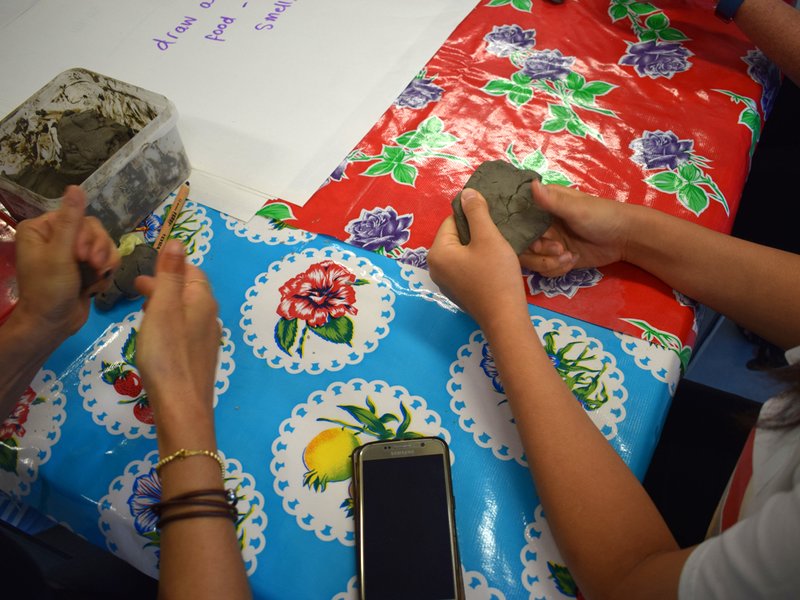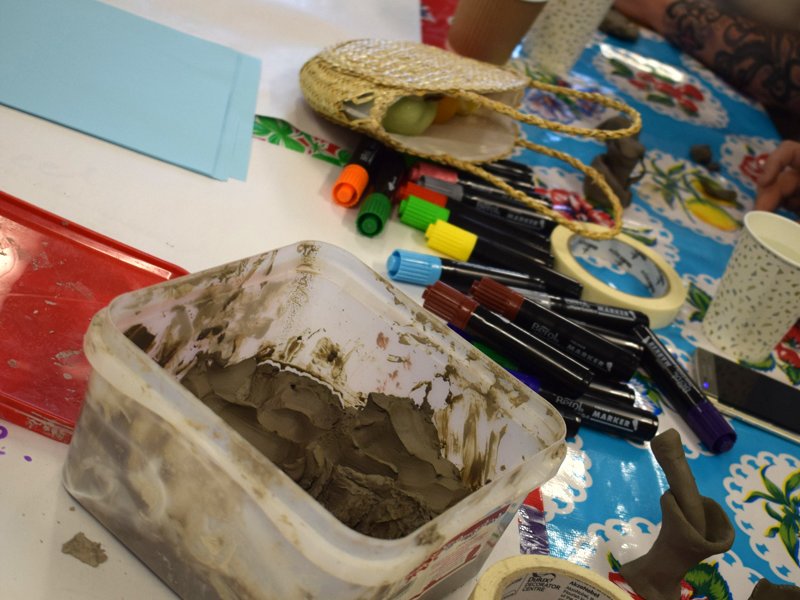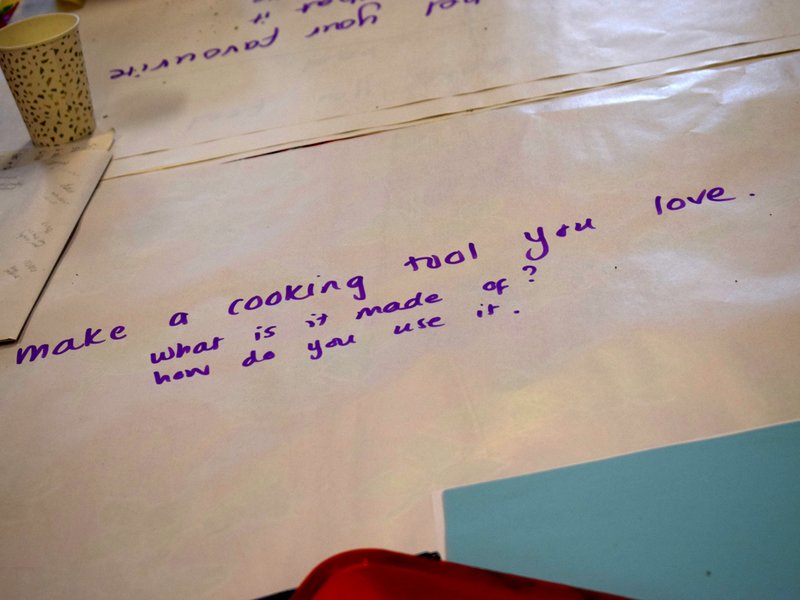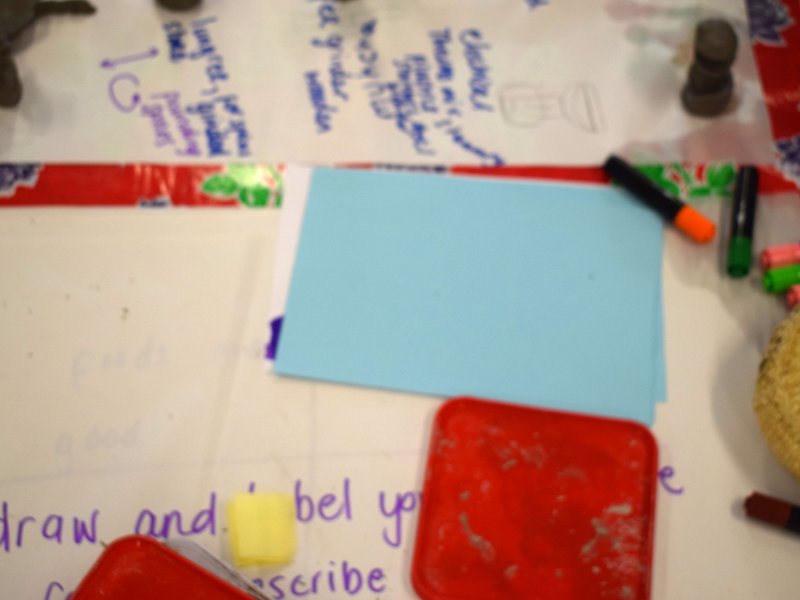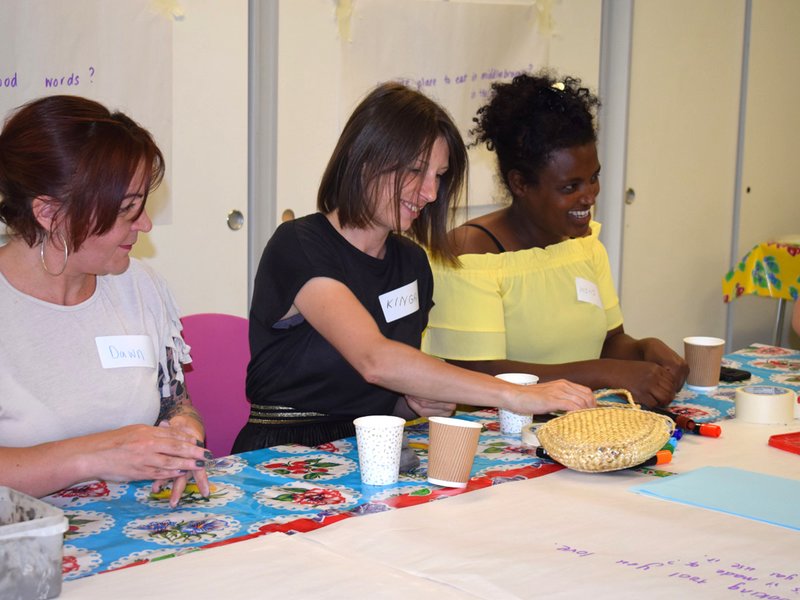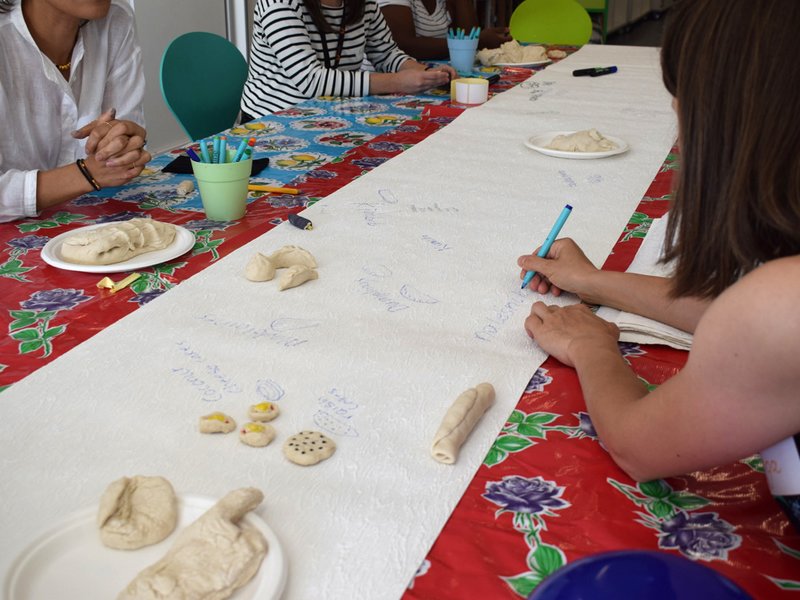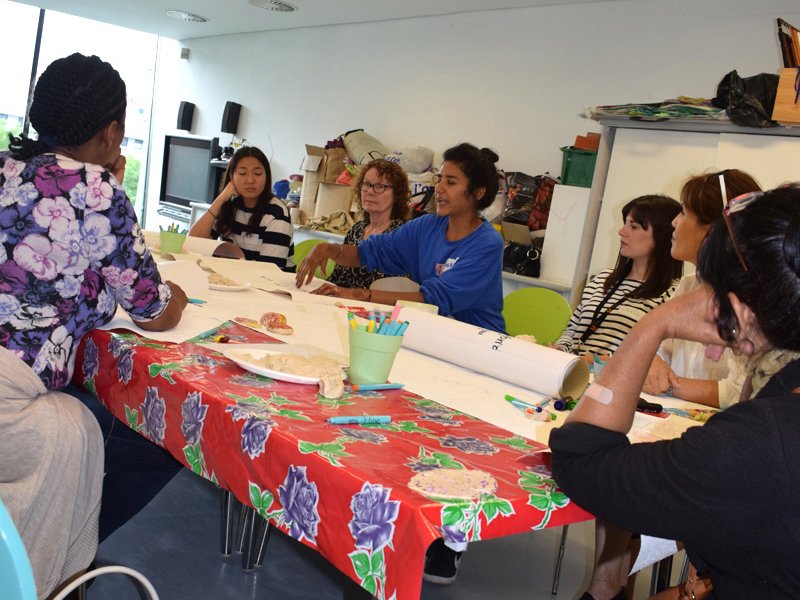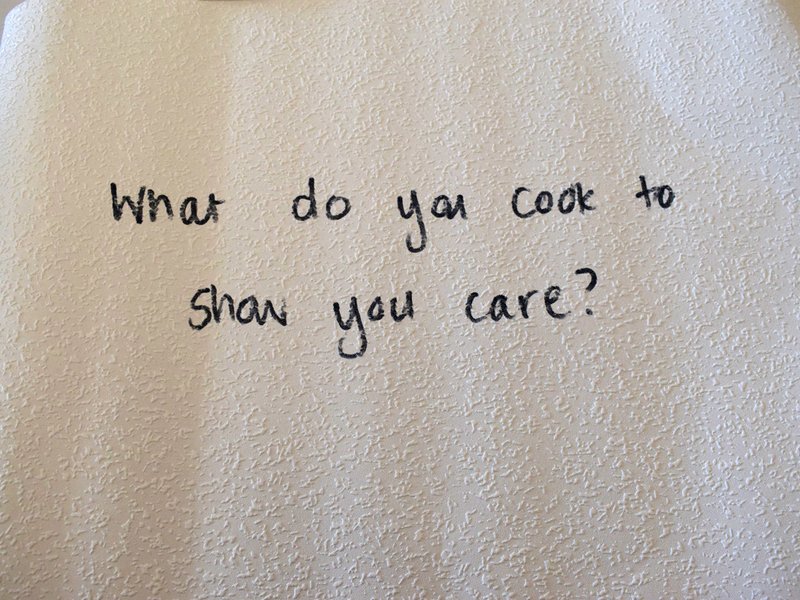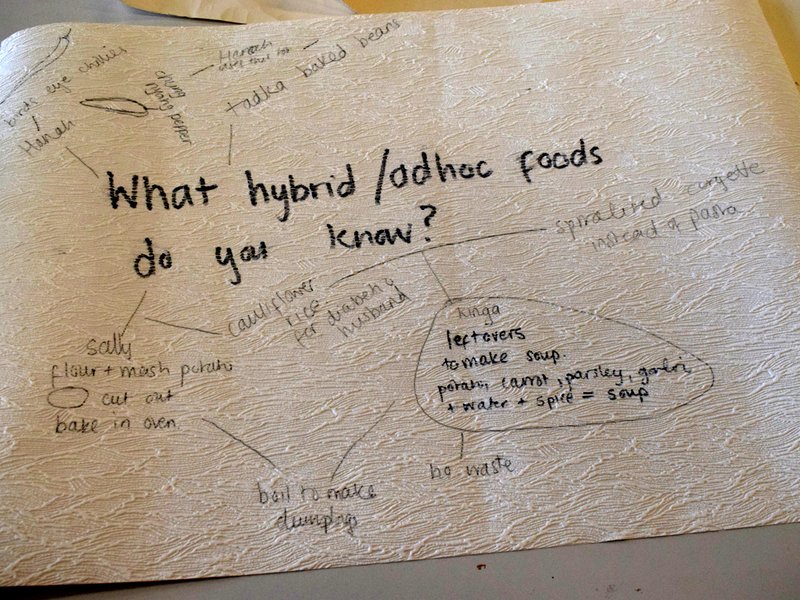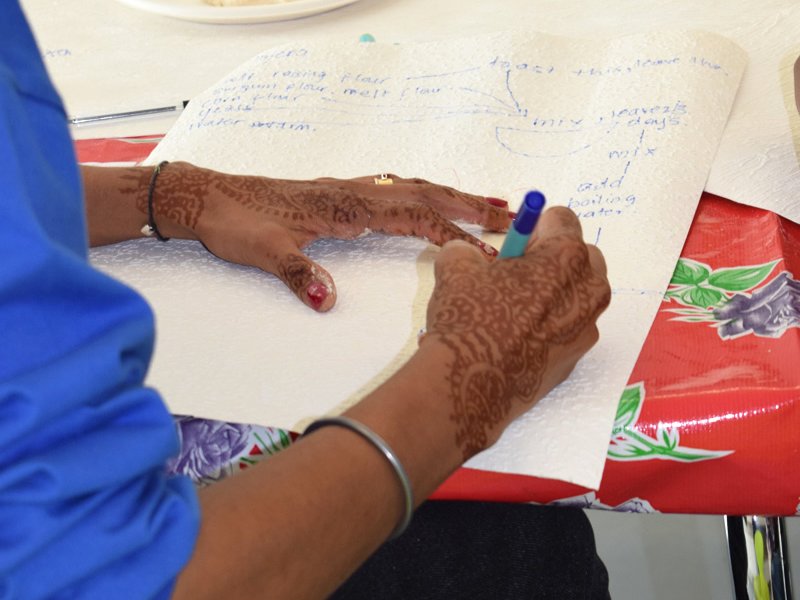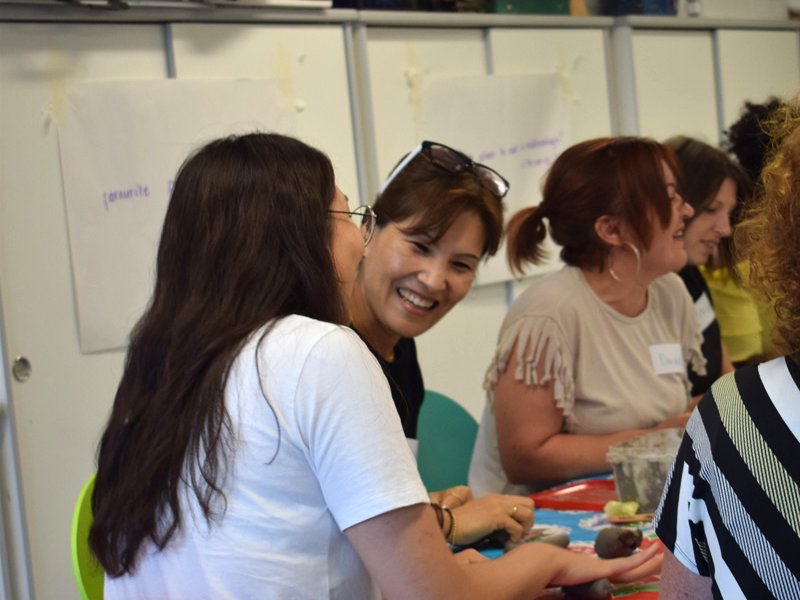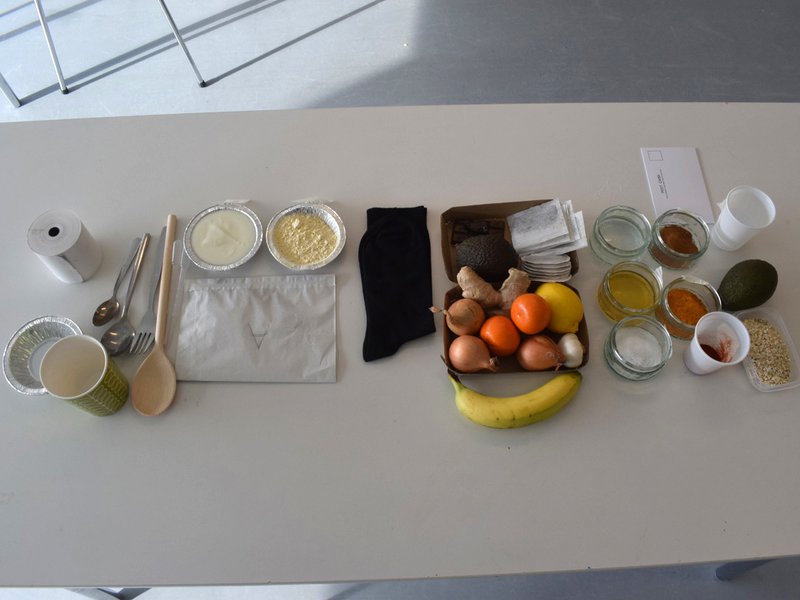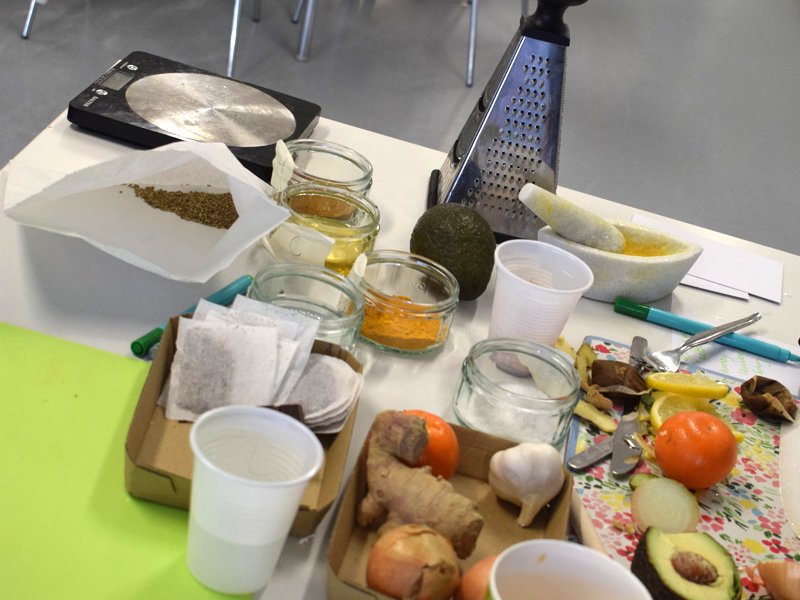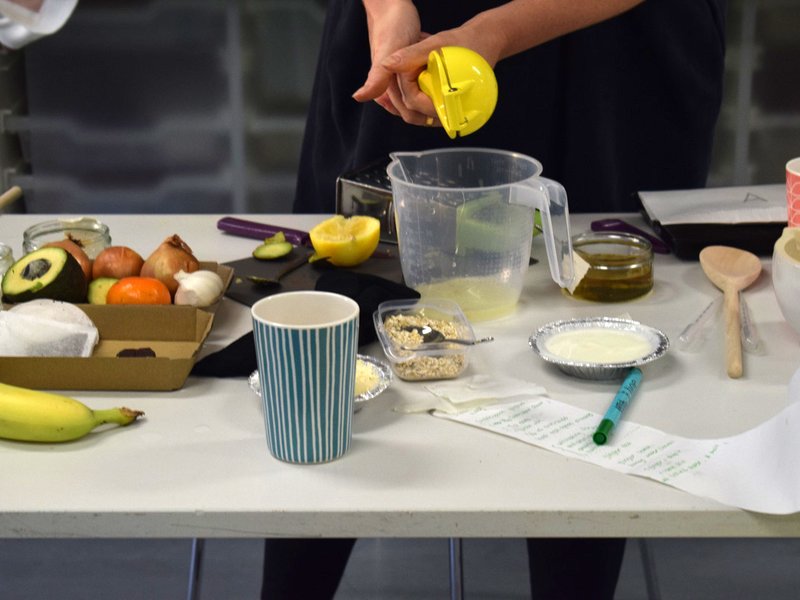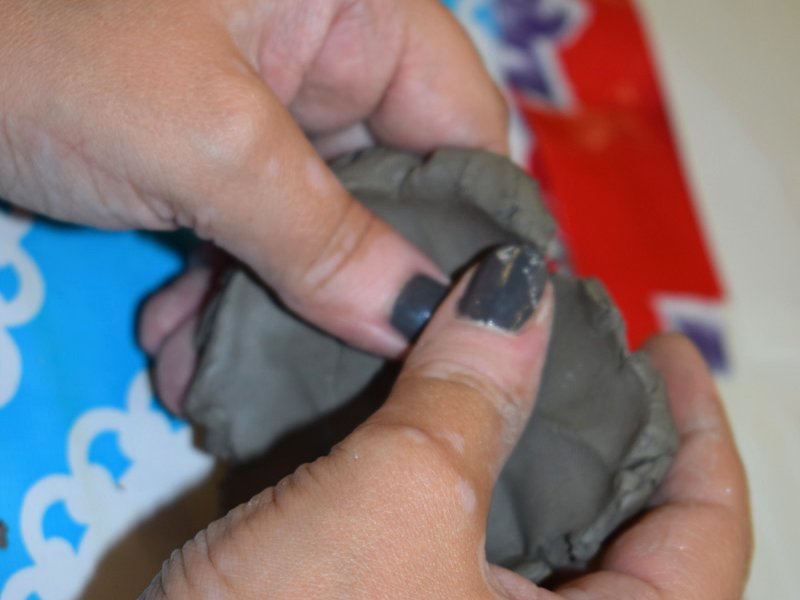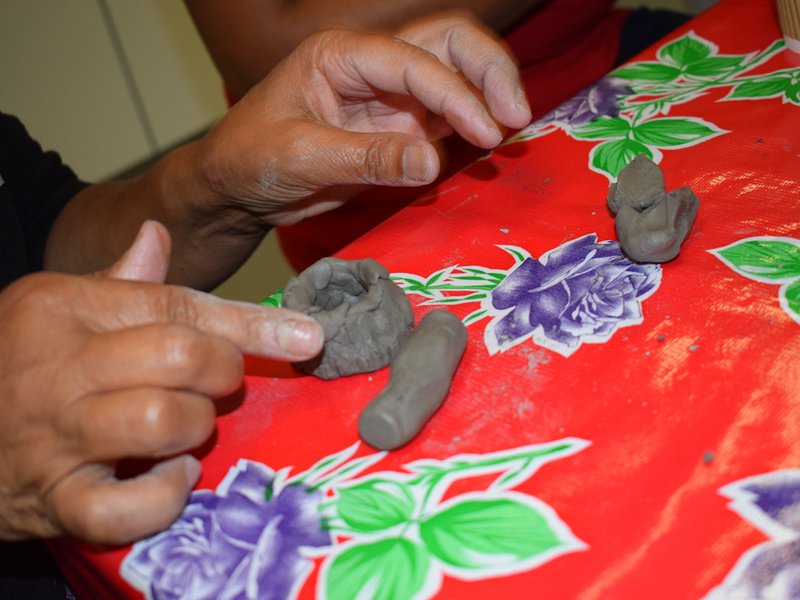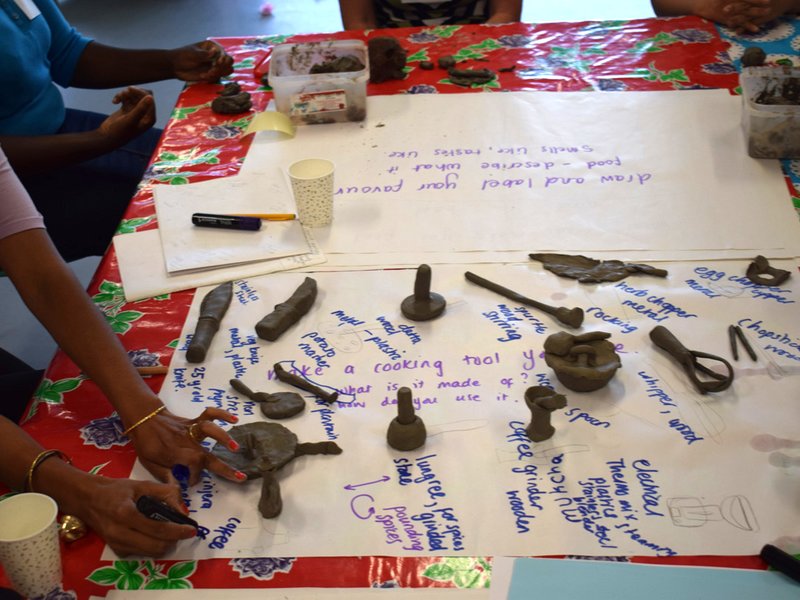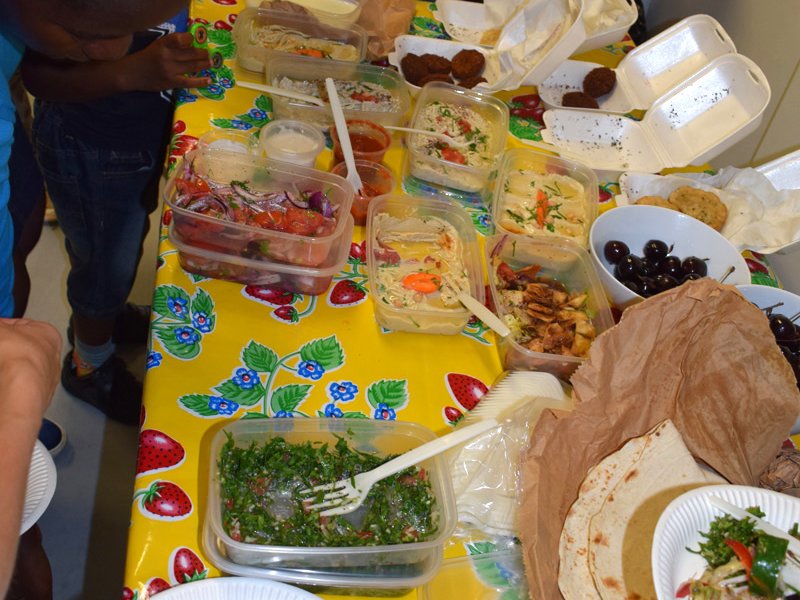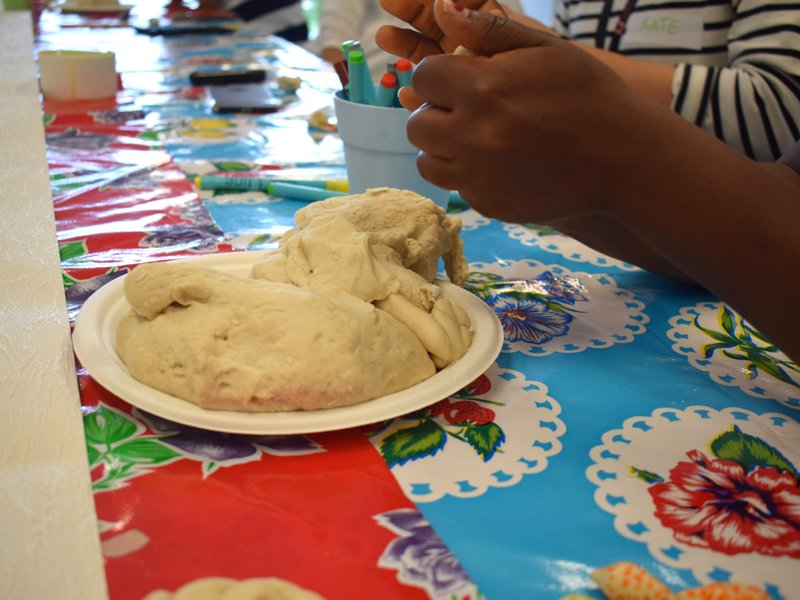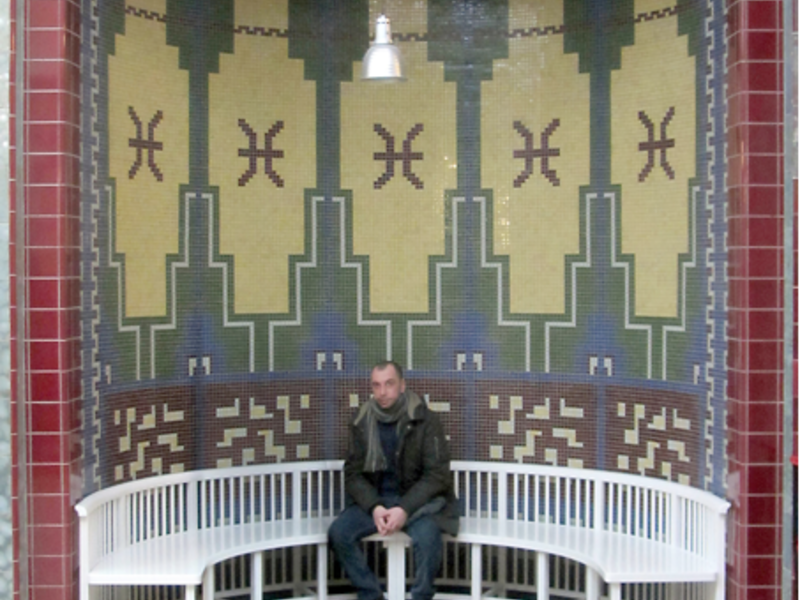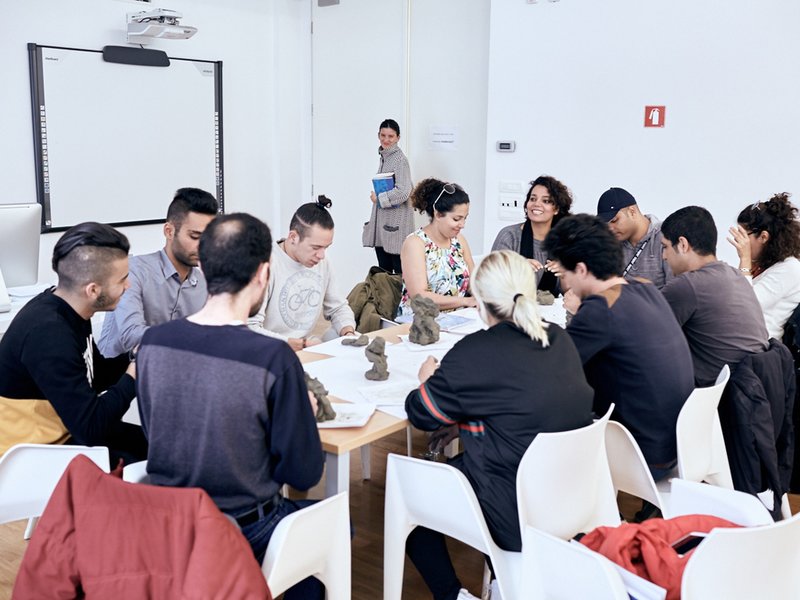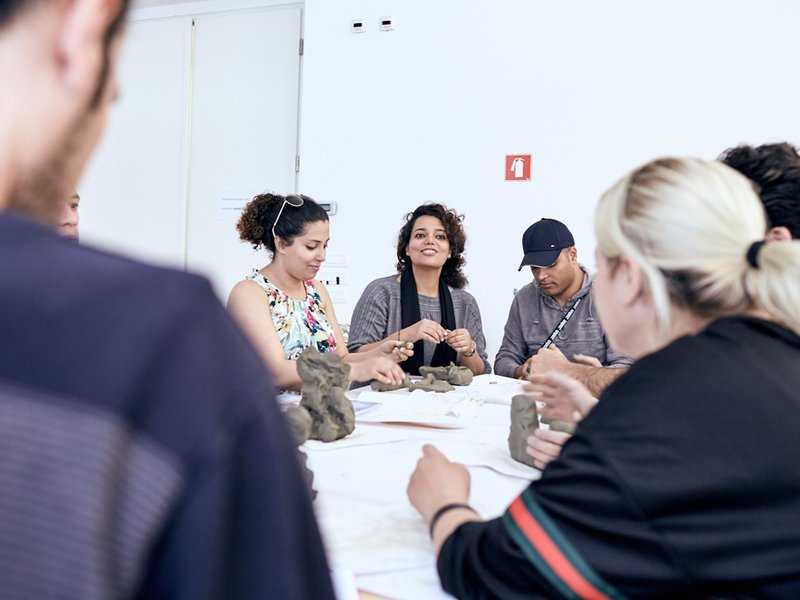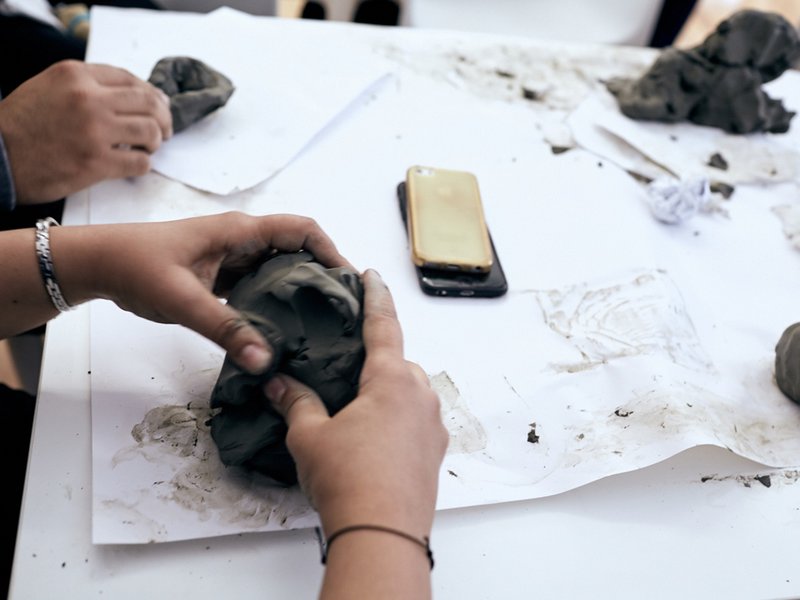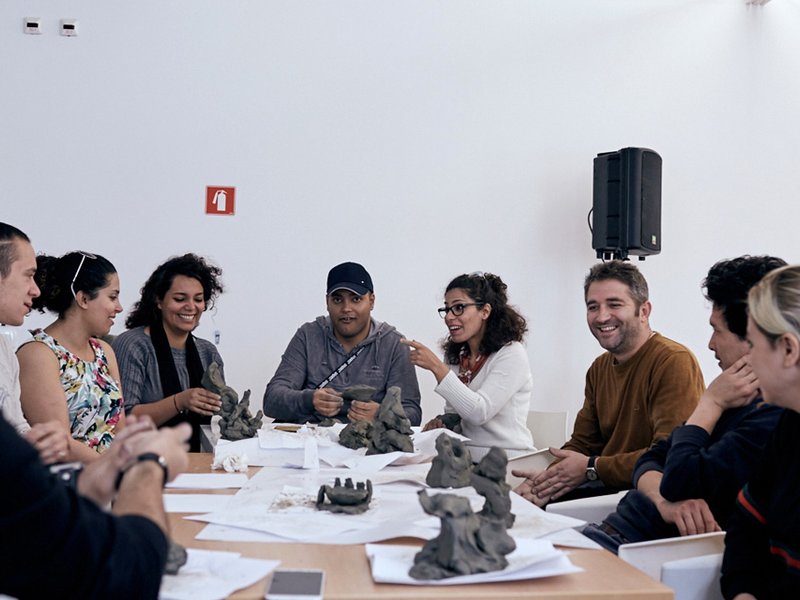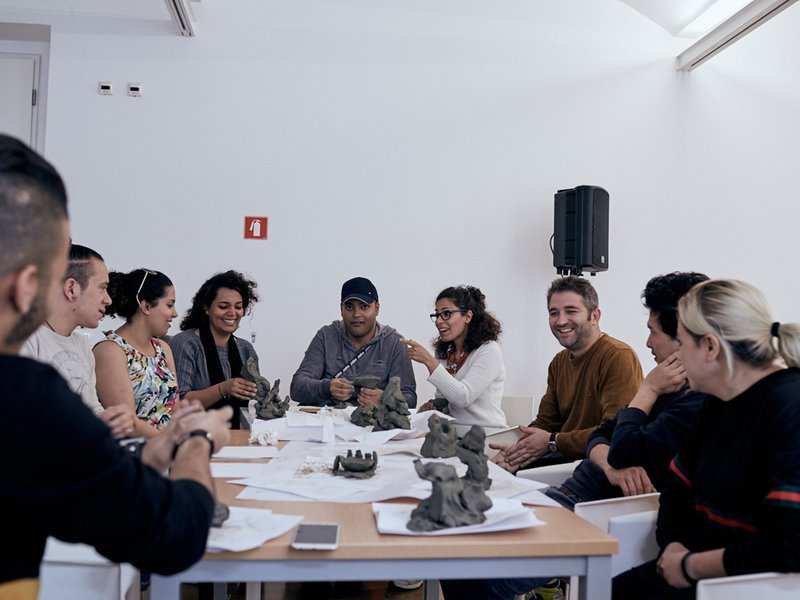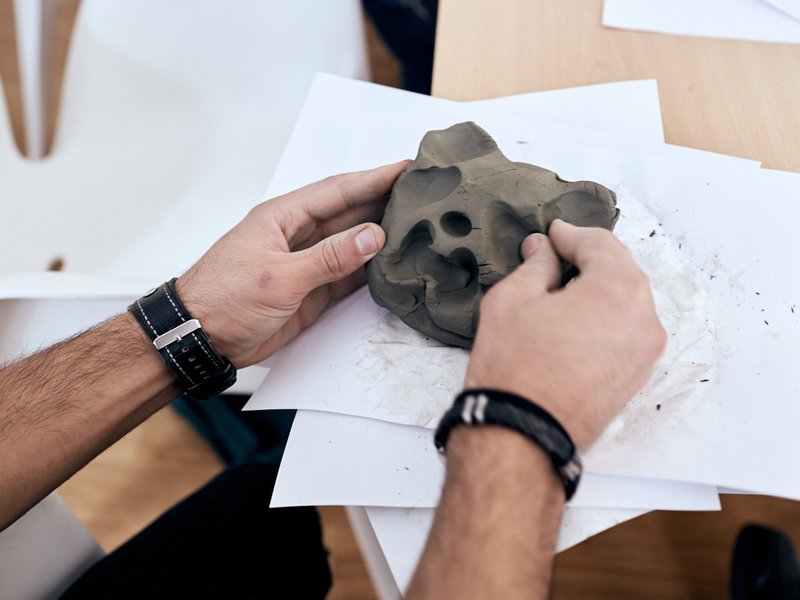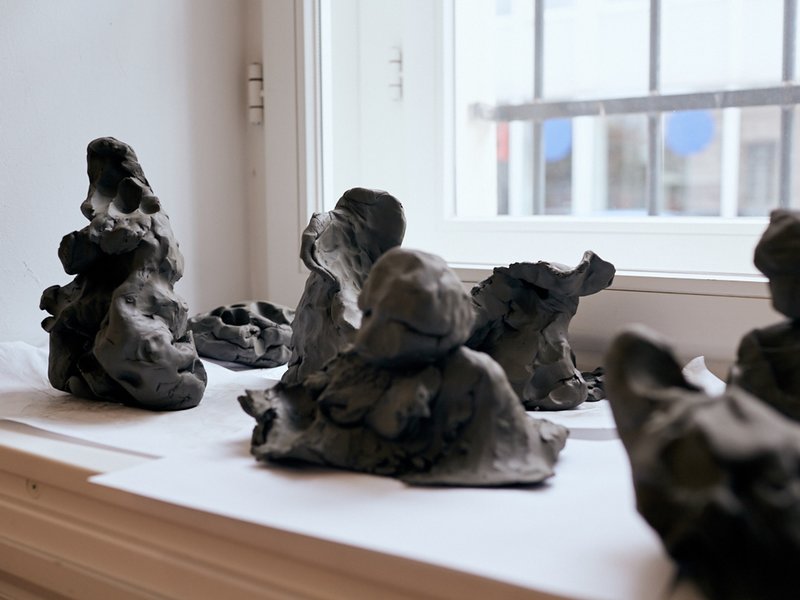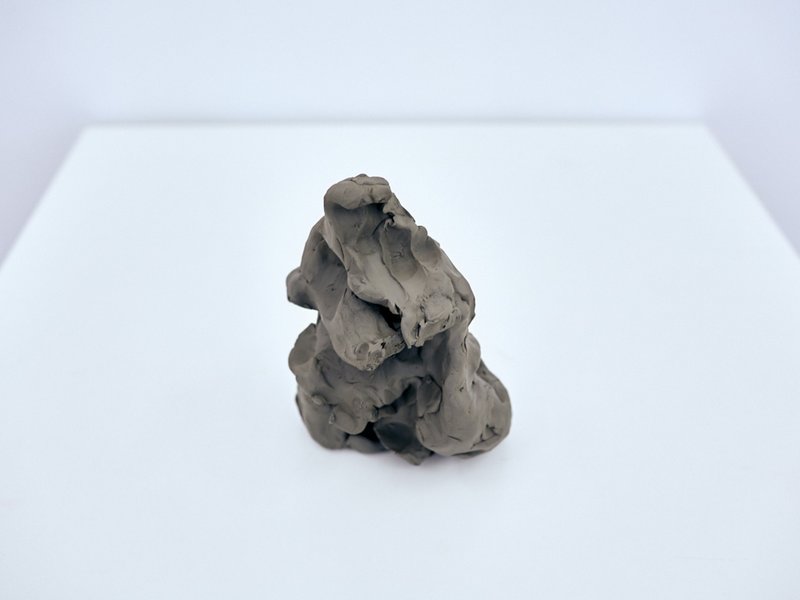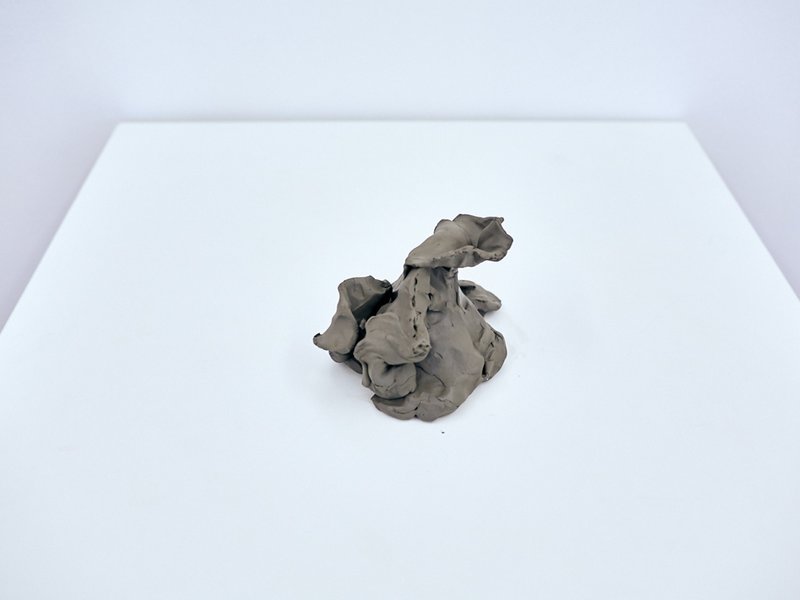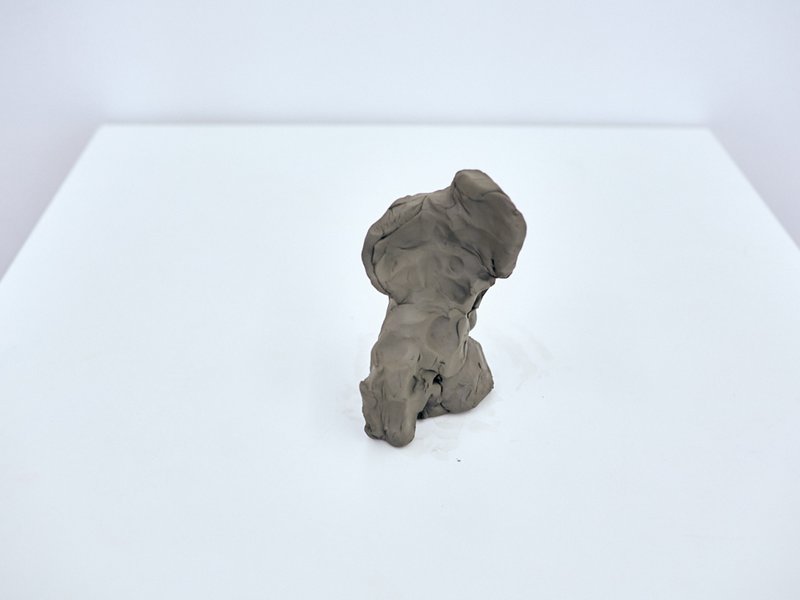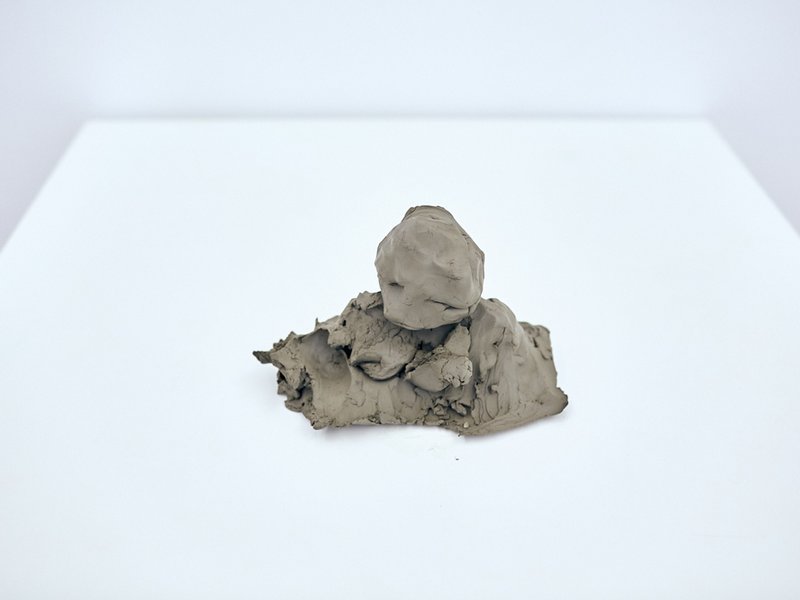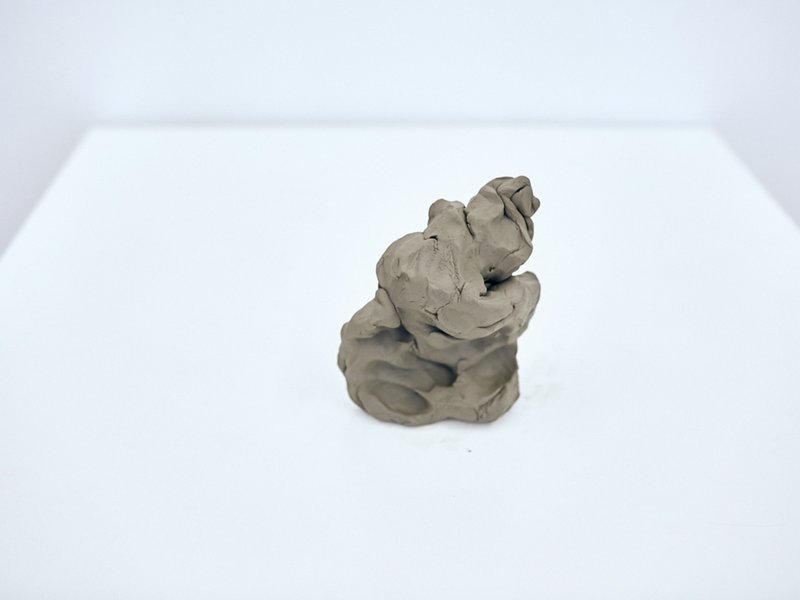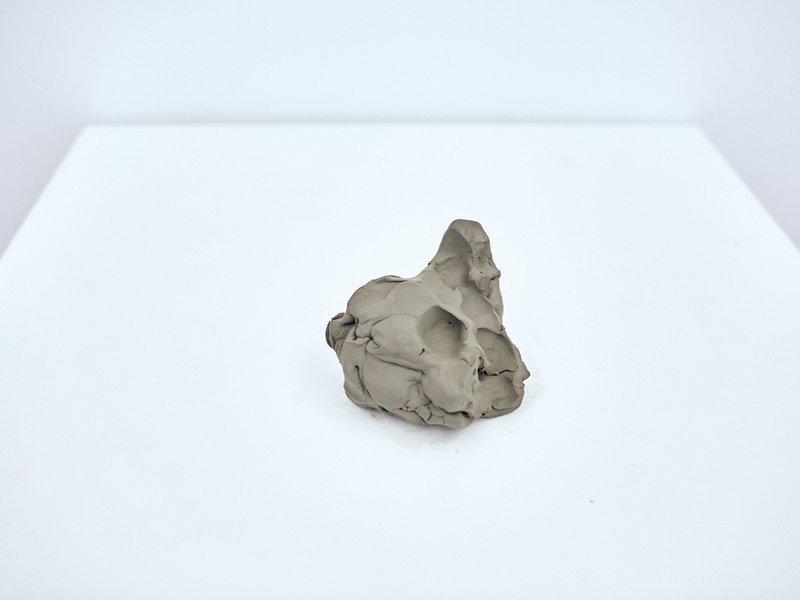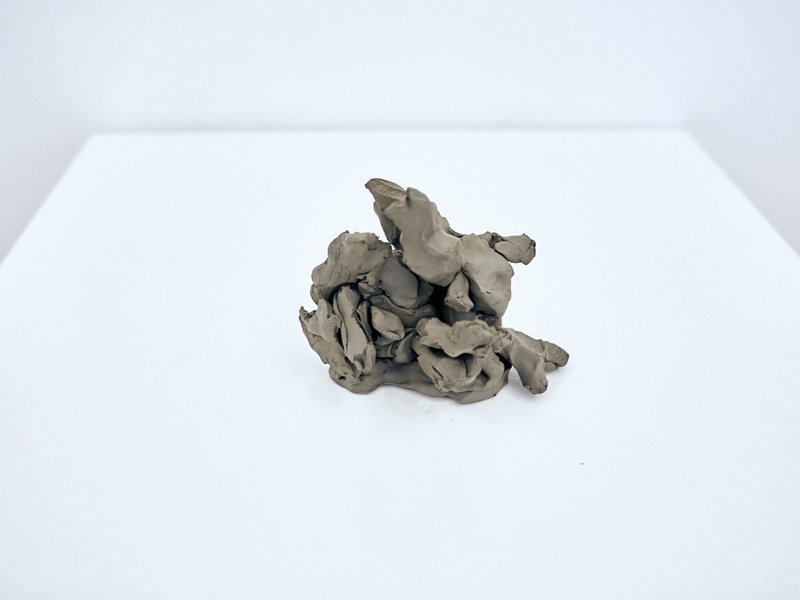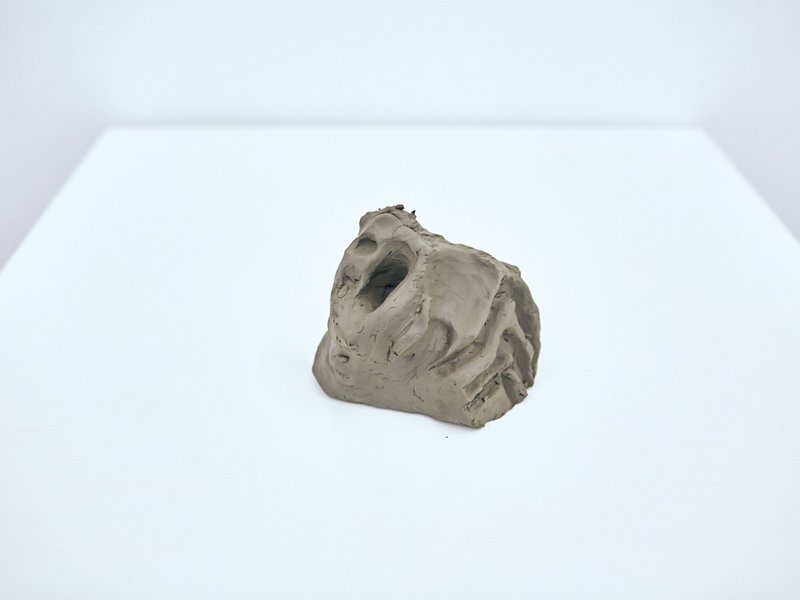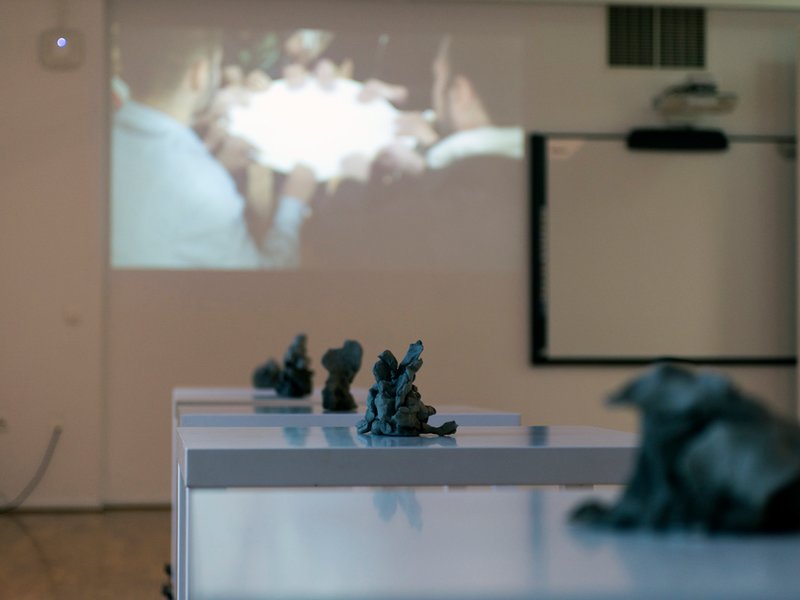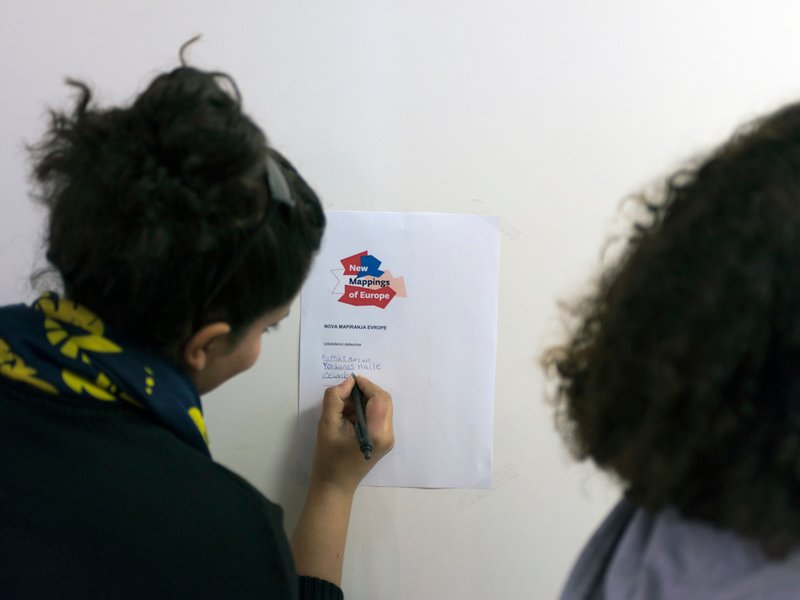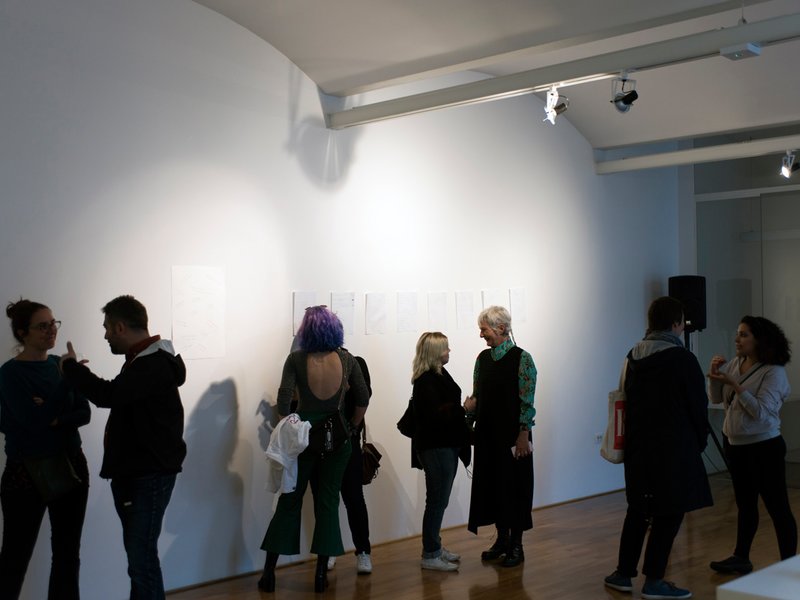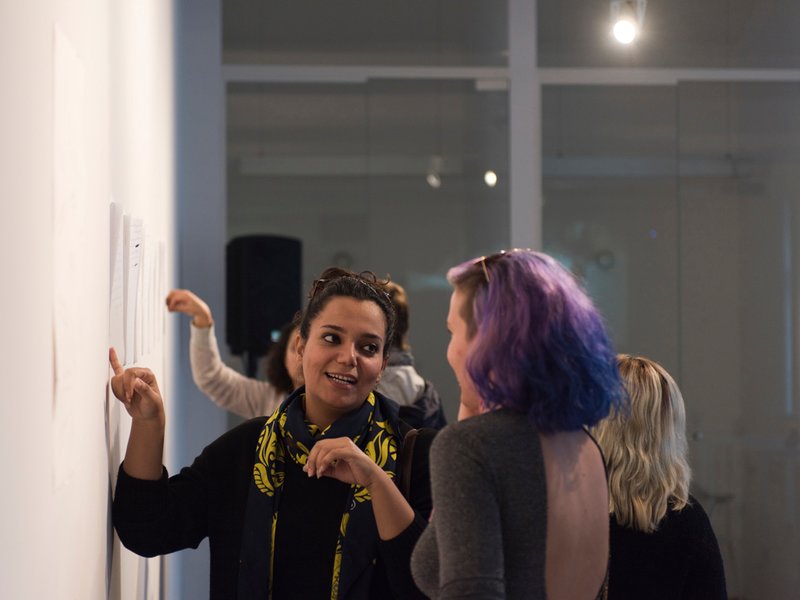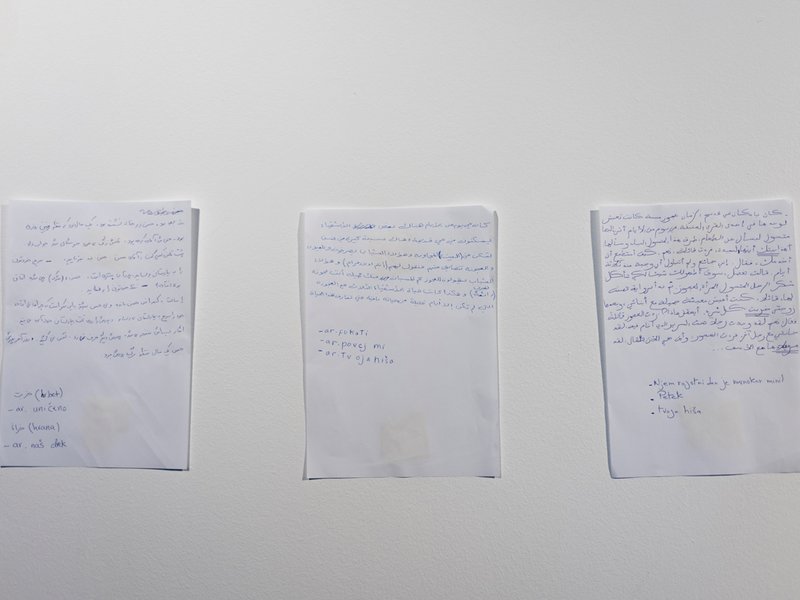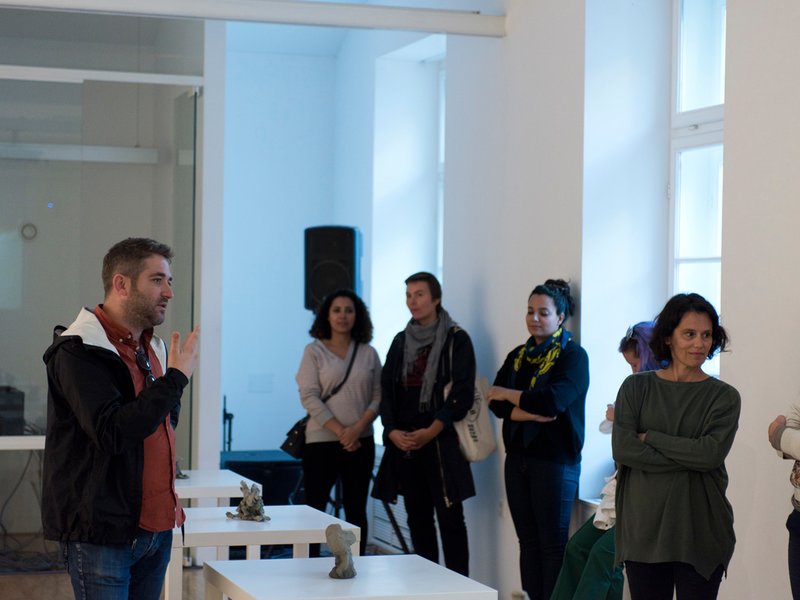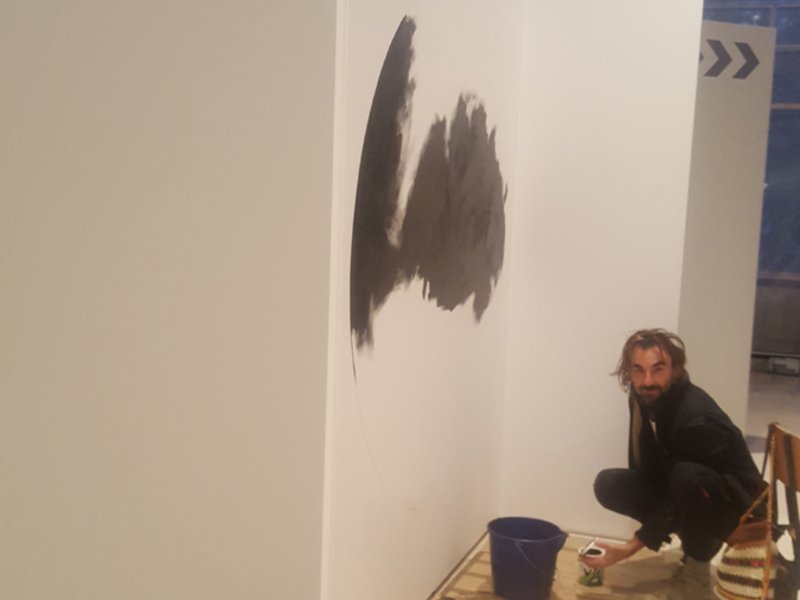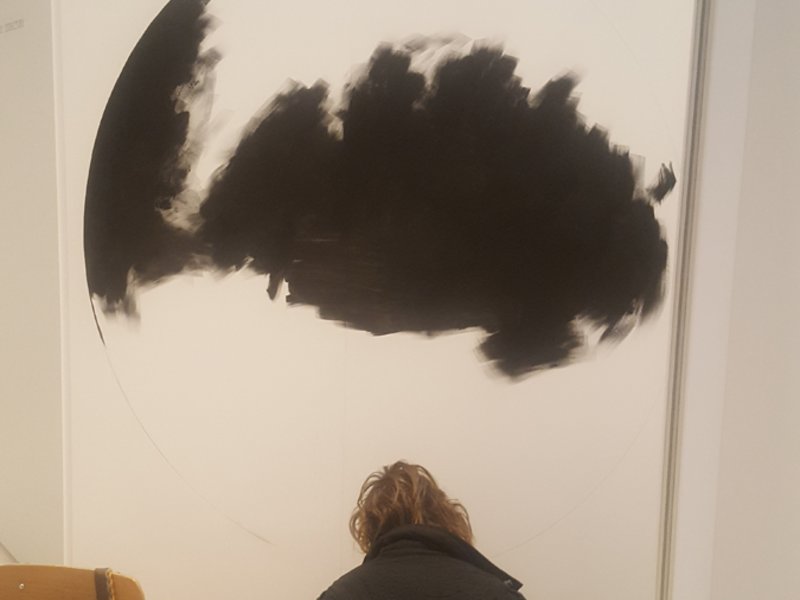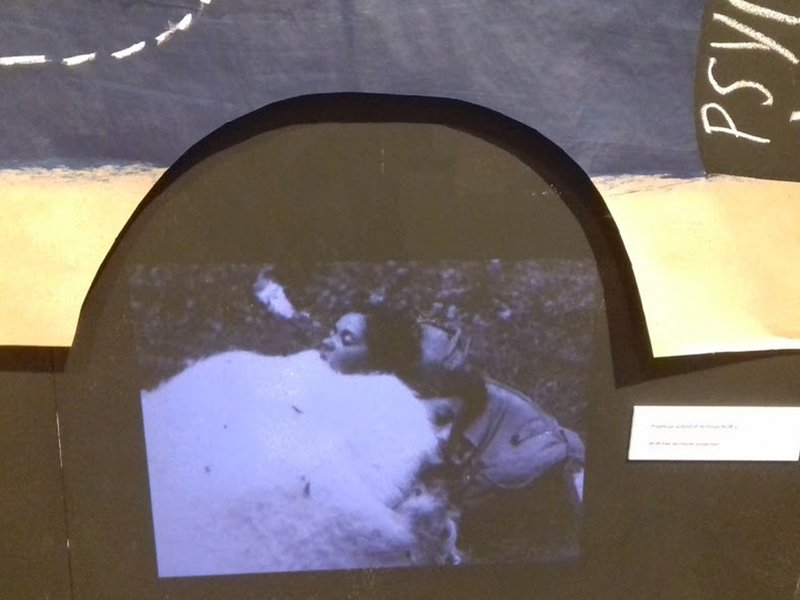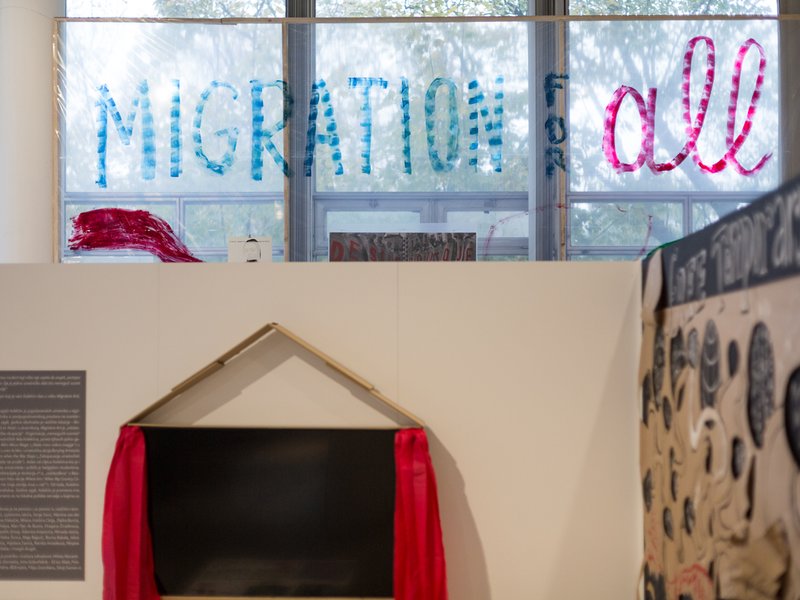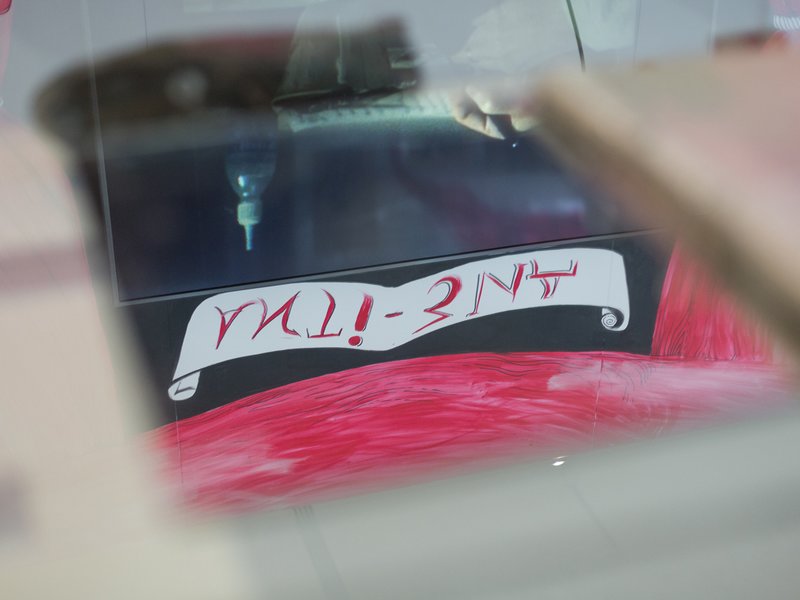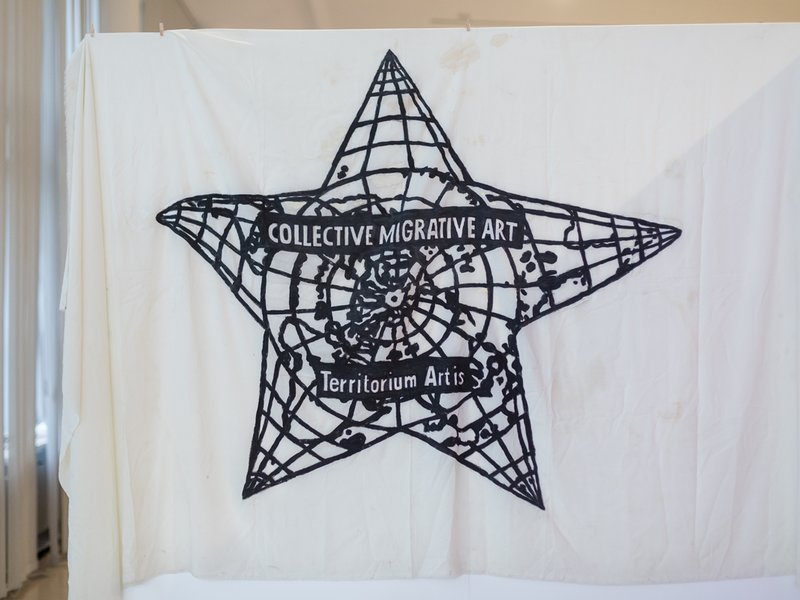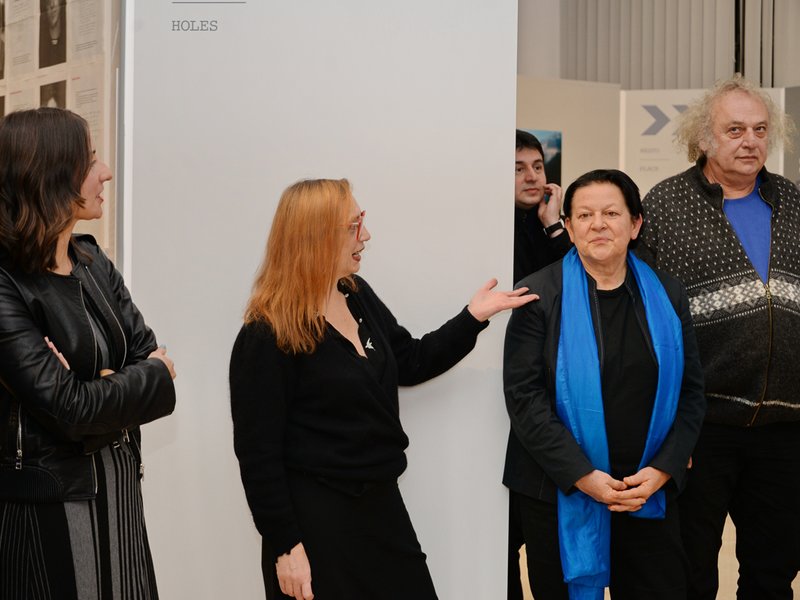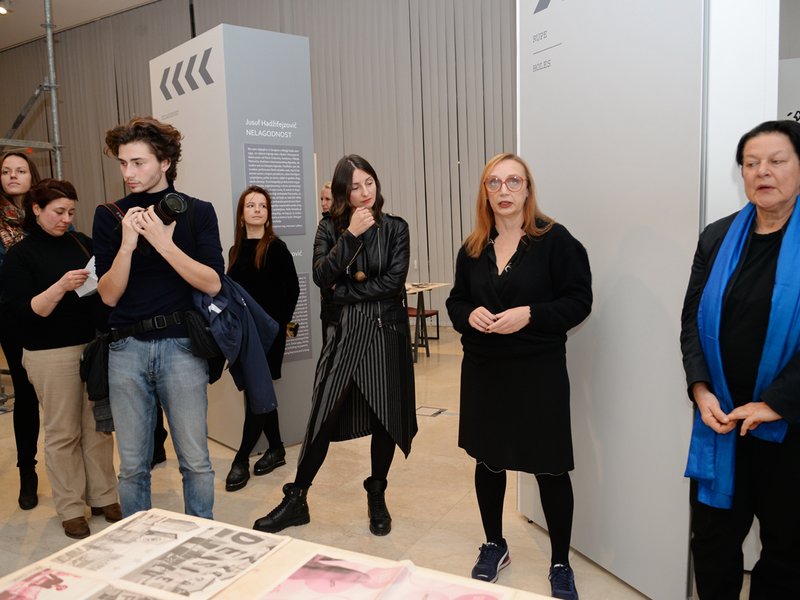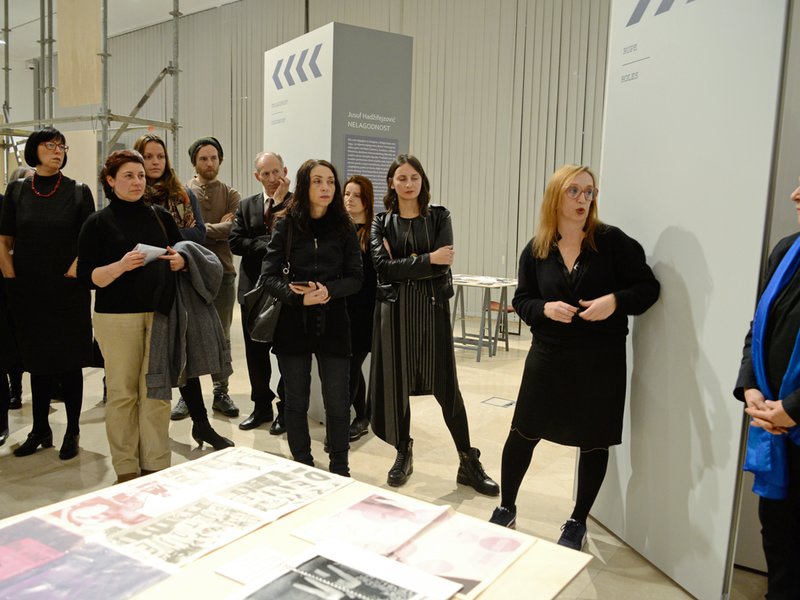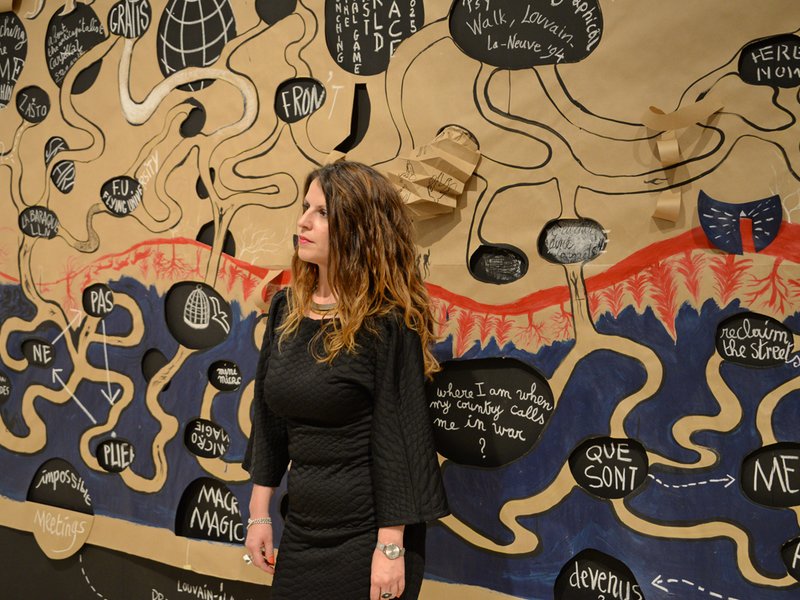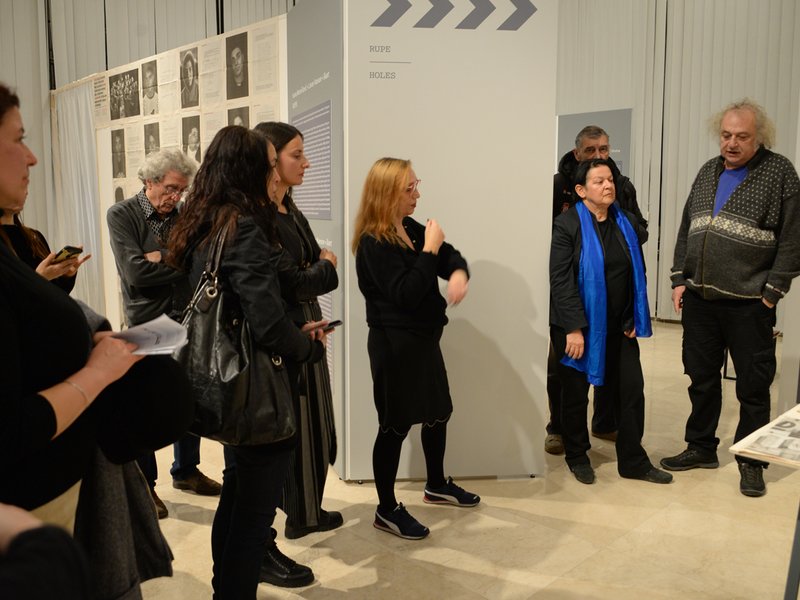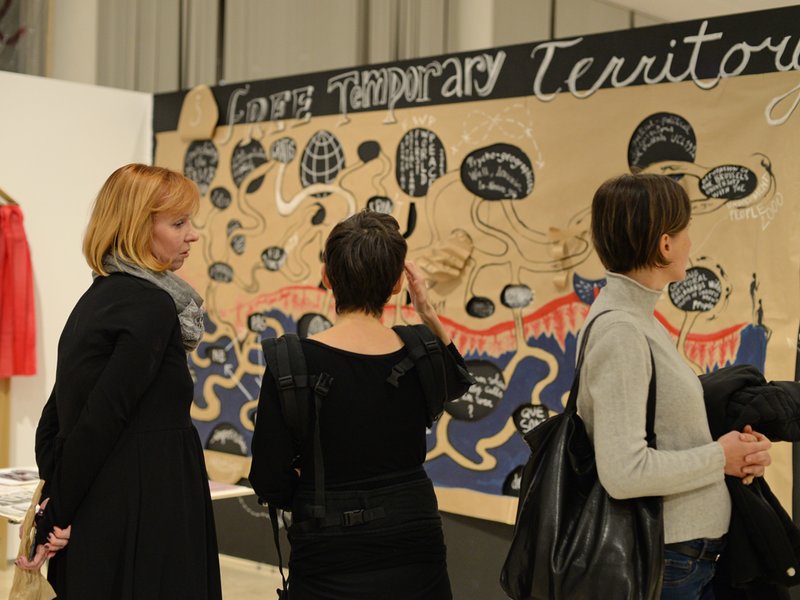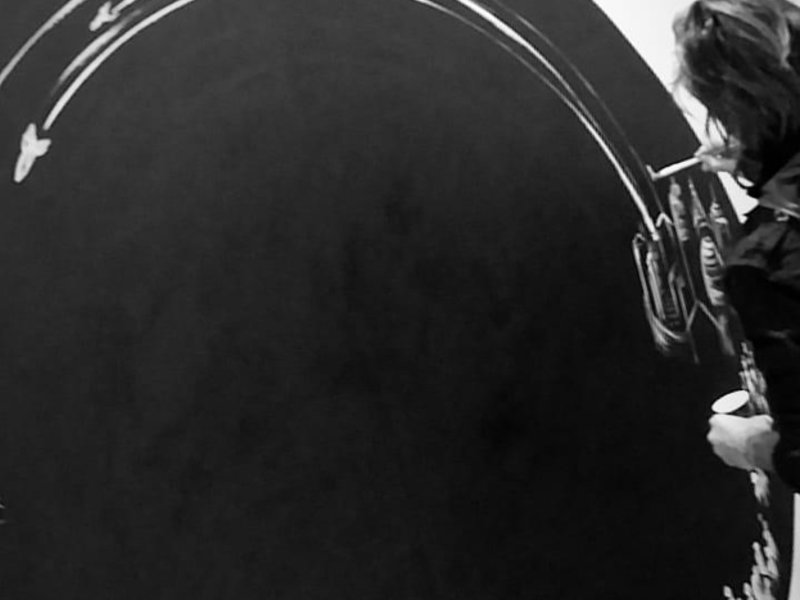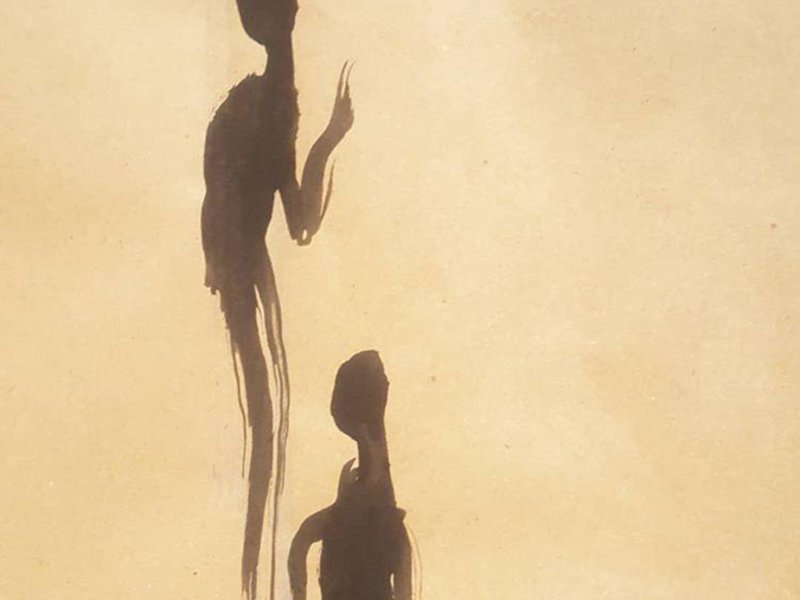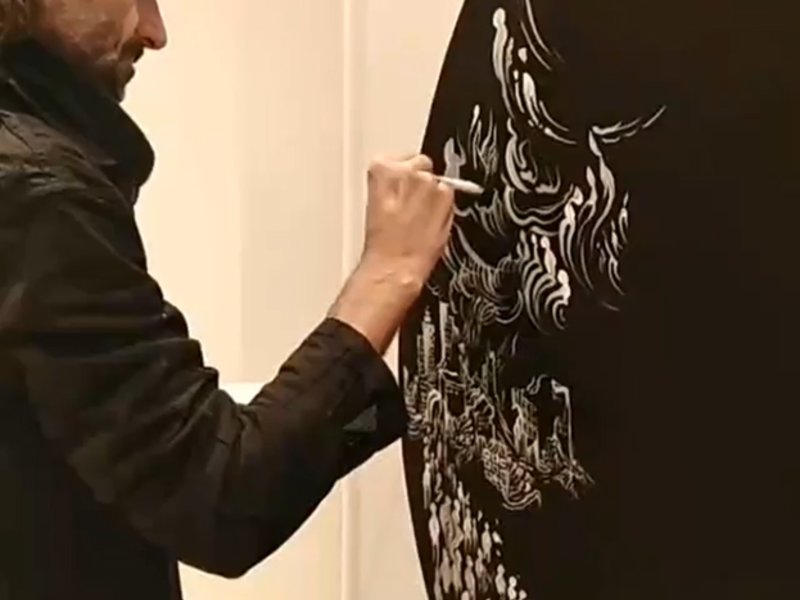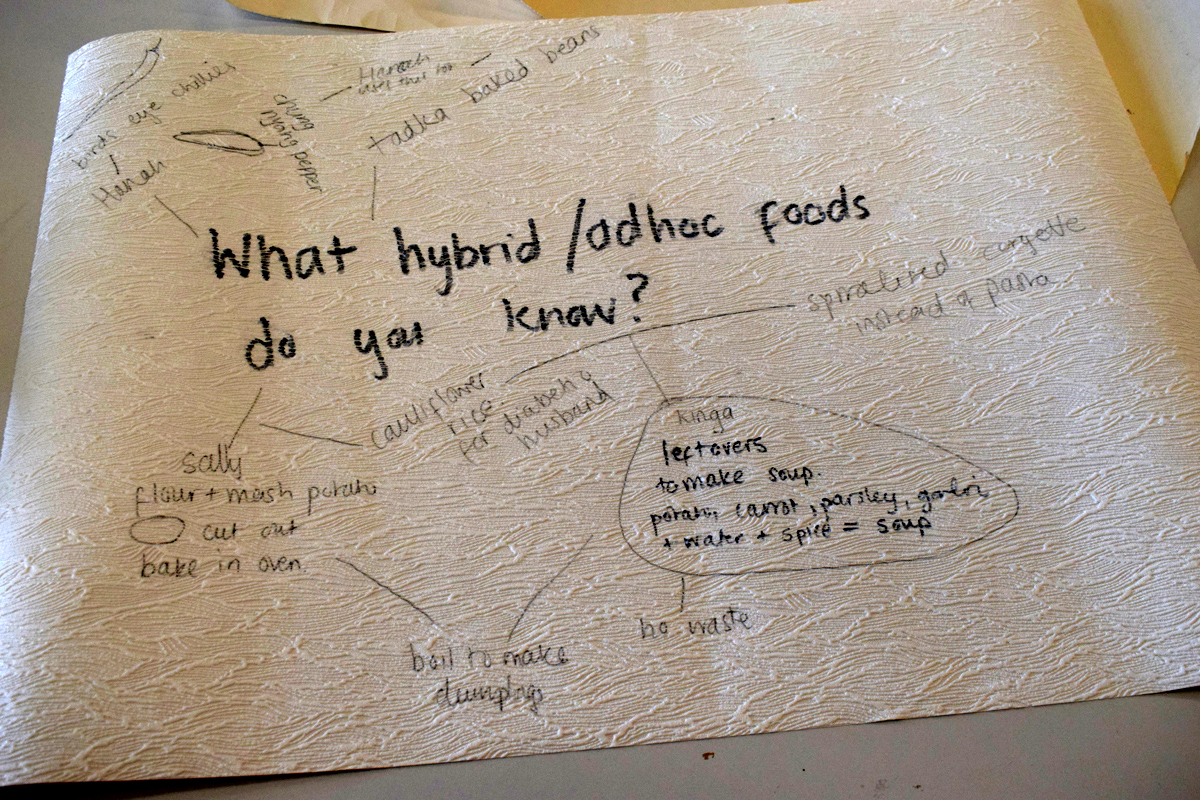
Jasleen Kaur
Jasleen Kaur will be artist in residence at MIMA as part of New Mappings of Europe. Kaur’s work asks us to think about the malleable nature of culture. In Middlesbrough, she works with local women to make a space for conversations about place, relationships and knowledge.
Through a series of workshops based around food, we are working with a group of women based in the area to have conversations around culture, home, identity, family, friendships, health, care and connectivity. Through various activities we have made, drawn, spoken, tasted, mixed recipes, and shared a meal. The women involved are from different cultures and countries. Together with Jasleen we are making a product that represents the interests and ideas of the group. The workshops were attended by 14 participants in 5 sessions.
Jasleen Kaur (b.1986) is an artist currently living and working in London. Brought up in a traditional Sikh household in Glasgow, her work is an ongoing exploration into the malleability of culture and the layering of social histories within the material and immaterial things that surround us. Her practice examines the hierarchy of histories and labour using a range of mediums and methods including sculpture, video, conversation and cooking.
Recent and ongoing commissions include Glasgow Women’s Library, The Goethe Institute, V&A Museum, Eastside Projects, MIMA, BALTIC Centre for Contemporary Art and Art on the Underground. She is a recipient of the Jerwood Artist Bursaries 2018 and her work is part of the permanent collection of the Royal College of Art and Crafts Council.
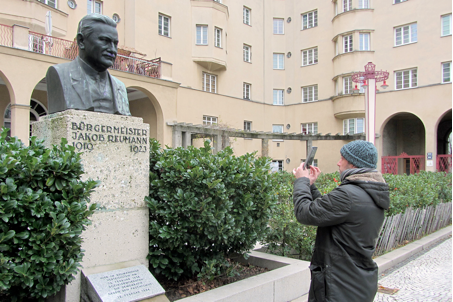
Youssef Shiar
Off the Map
The Invisibilization of Migrant and Working-Class Communities in Viennese Tourist Maps and Tours
I have learnt something very important from working with relatively new community radios in north-east Syria over the past few years: how state policies and official narratives or mainstream discourses play a key role in the process of invisiblization of marginalized communities.
For decades, the local population of al-Jazeera, al-Raqqa and Deir al-Zor provinces in east Syria (Kurds, Arabs, Armenians and Syriacs alike) were almost non-existent to the rest of the country (the urban and power centers further west). Their dialects and popular cultures were either completely silenced or, at best, caricatured and stereotyped as a rural, backward 'other', as Bedouins. Even their maps were often ignored in geography lessons at school, except as a source of oil and wheat for the rest of the country.
Yet, when historic opportunities arise – as with the outbreak of the Syrian Revolution in 2011 and the subsequent withdrawal of the regime from the North-East – these previously marginalized and silenced communities started to assert themselves and their existence, past and present. In other words, they started to become visible; they were on the map again (especially with all the international attention given to the fight against Daesh in these areas).
The simple act of speaking and hearing their local dialects on those local community radio stations, or talking about and celebrating their rich popular cultures, became in itself an act of self-assertion, an act of resistance. Thus, and despite their amateurishness in terms of professional journalistic standards, these radios became platforms or tools of visiblization. In the words of sociologist Benno Herzog (Invisibilization of Suffering, 2020), “Making silence heard, giving voice to the silenced and bringing the invisibilized back into the public domain, are therefore fundamental tasks of solidarity in reaching a higher degree of social integration.”
Visiting Vienna over the years and trying to discover interesting things to see in the city, I was often surprised to observe similar dynamics of invisiblization in relation to migrant and working class communities and the suburbs of so-called “Red Vienna” – despite the very different context and very different actors. Most, if not all, official tourist guides and tours that I have seen would only focus on imperial Vienna and the turn-of-the-century bourgeois culture.
Of course Vienna is not peculiar in this regard. We can find similar dynamics in many other imperial centers across Europe. But very few of them were as lucky to witness the social, political, cultural and architectural experiment known as “Red Vienna”, an experiment that, I would argue, tried to do exactly the opposite of what the present-day mainstream tourist guides and tours are doing – it tried to make those marginal migrant and working class communities visible, and beautiful.
Despite the increasing trend to exploit it's aesthetic aspects as a touristic value, which marginalizes the underlying political utopia, I started to wonder, if today's invisibilized communities living in the beautiful districts of former Red Vienna had an opportunity to make themselves visible again, to put themselves on the map. If they take on the perspective of a tourist in Vienna, how would they - as relevant urban actors - want to be represented? What would they want to put on an alternative city map, and what alternative narratives would they tell us about Vienna?
That is what I wanted to find out through this project, through visiting both key landmarks of Red Vienna, and current social housing projects, which attempt to meet integration challenges, and further through talking to residents and members of the local communities.
My derive starts from the most representative historical Red Vienna building complex in Margareten, the Reumannhof (1924-26), to the functionalistic Theodor Körner Hof (1951-55), and by passing the Favoritenstrasse - the "chic" shopping mall for migrant communities - arrives at the newly built Sonnwendviertel, where in mixed typologies of subsidized housing, cooperatives and so-called "Baugruppen" forms of co-living are probed. The stops include the youth center 5erHaus, informal meeting places like the bakery "Semmerl", the formerly squatted Favoritner Arbeiter Klub "Ernst Kirchweger Haus", and the discoursive space "Grätzelmixer". Interview partners include not only the accidental encounters along this route, but also first generation Kurdish and union activist Ali Gedik, filmmaker Kurdwin Ayub, artist and researcher Jannik Franzen. These interviews have been conceived to meet the interests of the audiences of the above mentioned Syrian community radio stations, by relating the collected articulations about an imagery of selfrepresentation with narrations of historical and current migrations from Kurdish regions in Turkey and Syria. The resulting audio pieces will be further disseminated in the programs of Arta.
________________
Shiar Youssef is a Syrian-Kurdish journalist who has been living in exile in western Europe for over 15 years. He now works as the Managing Director of Arta for Media and Development, a nonprofit organisation that runs three popular community radio stations in north-east Syria (Arta FM, Al-Furatiya and Zin FM). Since 2011, he has also worked as a consultant and trainer with many independent media projects and campaigns in the Middle East and Europe.
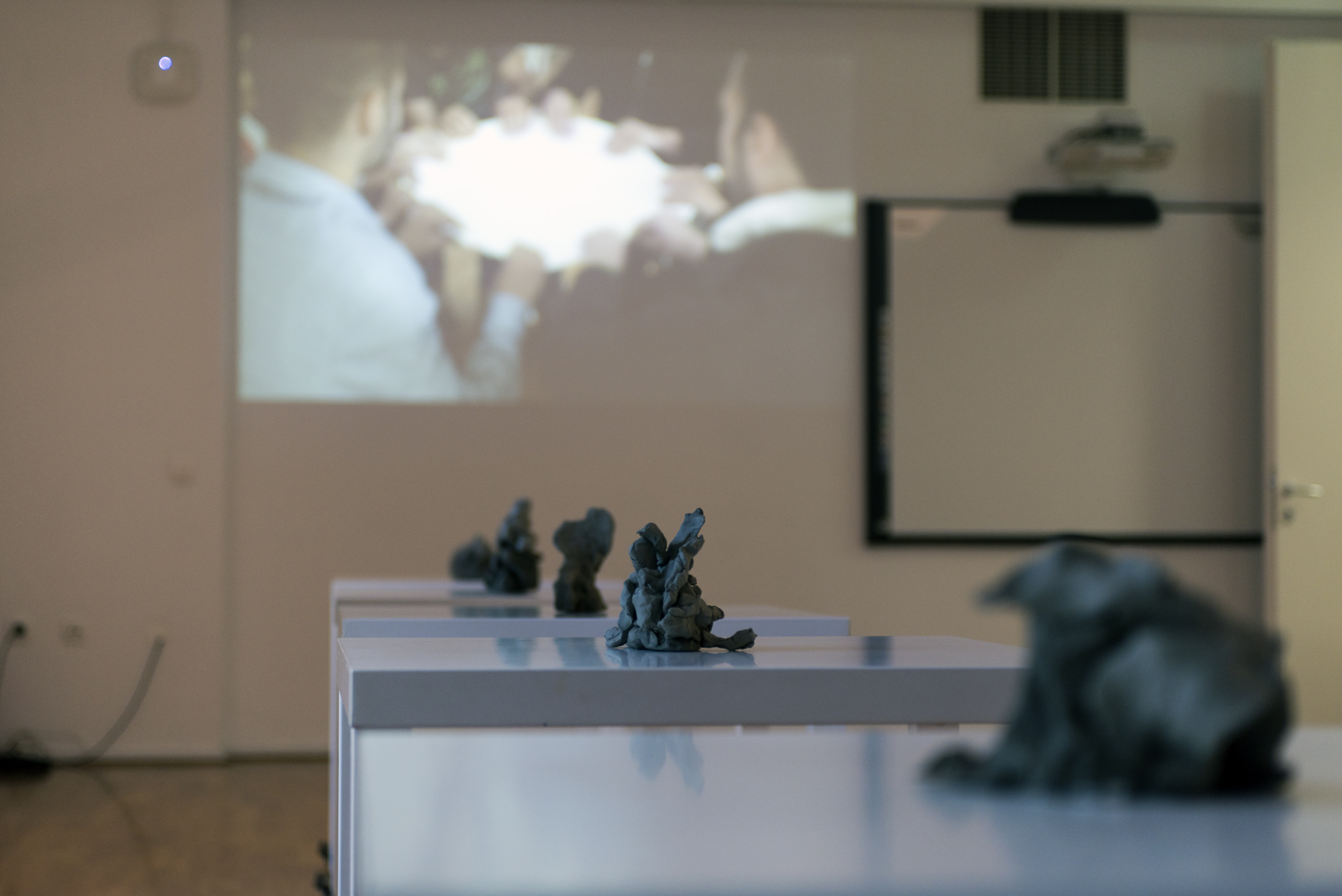
Ibro Hasanović
Artist in residency, Ibro Hasanović has been working with a group of migrants from Syria, Iran, Afganistan and Eritrea, who live in Slovenia for more than a year. They approached the method of "storytelling" through different activities (story writing, video-making, clay moulding) in order to materialize their experiences and memories in a creative way.
In the conclusion of the workshop, the results were presented on an exhibition openned for public on 5 October 2018 at 5 p.m. at the Museum of Contemporary Art Metelkova, Ljubljana, Slovenia.
Ibro Hasanović was born 1981 in Ljubovija, then Yugoslavia. Studied product design at the Academy of Fine Arts in Sarajevo and contemporary art and cinema at Le Fresnoy – Studio National des Arts Contemporains in France. His works have been recently exhibited at the Austrian Cultural Forum New York, Munchner Stadtmuseum, Garage Museum of Contemporary Art (Moscow), Museum of Fine Arts (Split), Kunsthalle Wien, 55th October Salon (Belgrade), National Gallery of Kosovo, Museum of Contemporary Art (Zagreb), Künstlerhaus - Halle für Kunst & Medien (Graz), 2nd Project Biennial D-0 ARK Underground and Villa Romana (Florence). He currently lives in Brussels.
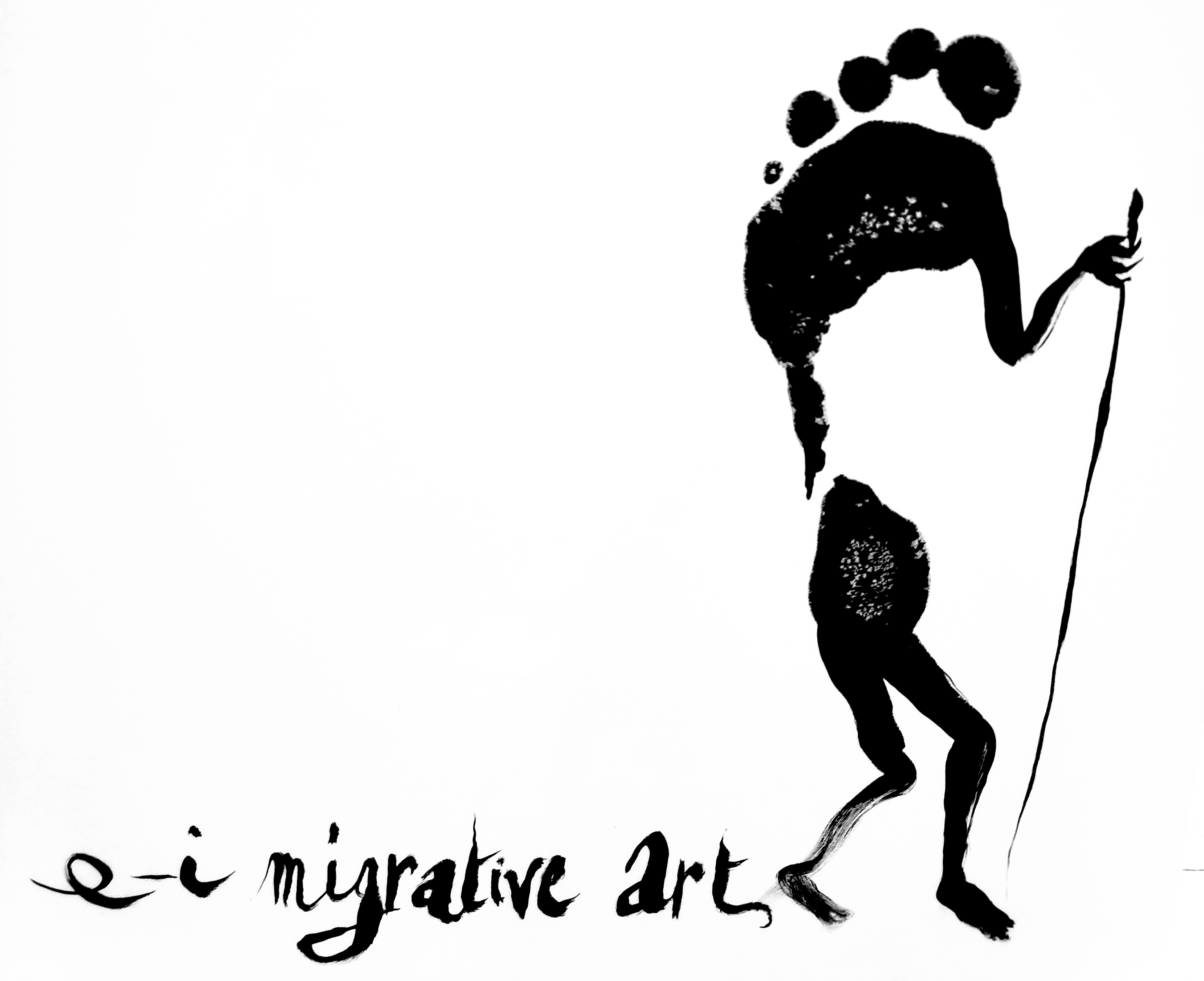
Migrative Art
In the artists-in-residence program Museum of Yugoslavia hosted ten members of the Migrative Art Collective from Belgium, Croatia, Denmark and Serbia. The residency was carried out in November to December 2019.
Migrative Art Collective, later called E-I-Migrative Art, was formed as the answer to the occupation of the entire Yugoslav space in 1991. It was formed by a group of Yugoslav emerging artists who met, just before emigrating, at photo shoots (Where Am I When My Country Calls Me to War?, Belgrade 1991), and continued their collaboration through letters from exile and in the Belgian university city Louvain-la-Neuve as ex-pats. Through temporary “occupation” over the course of the art actions (Small-Mini-Micro Magic, Burying Artworks with the Goal of Excavating them When the War Stops), their aim was to symbolically contribute to the liberation of territories in a world that were in a permanent state of war. Twenty-eight years later and almost seventy years after the first liberated territories of 1941 in Užice (the free territory of the Republic of Užice and/or Partizanska Drežnica, in the same year), their participation in the project New Mappings of Europe gave them the opportunity to re-open the possibility of questioning the same topics in the present circumstances of a seemingly pacified context: encirclement of a new kind. The main issues of interest during the artists-in-residence program were: questioning if the human kind is in a permanent state of siege and war via different means, without typical methods of declaration of war, what is the view today on the free temporary territories, especially present temporary free refugee territories and if they are reduced to places of shelter, healing and tending of wounds, in the context of a large global wound – mass exile and migrants, what are the benefits of temporariness and of transit etc.
The result of the artists-in-residence program were:
- one film: Free Temporary Territory (Looking for Buried Artworks), ‘11, directed by Ivana Momčilović, filmed by Charley Case, Martin Van Der Belen, Ljubomir Jakić, Aleksa Hadži- Đokić, edited by Aleksa Hadži-Đokić (AFC/DKSG) and produced by the Museum of Yugoslavia and the Academic Film Center/Cultural Center “Student City”
- two murals: 1. (E-l-)Migrative Art’s Temporary Free Territories 1991-1997, done by the dramaturgical template created by Ivana Momčilović and executed by Charley Case, Dragan Protić and Helena Klakočar; 2. Black Point of the Republic, executed by Charley Case.
